Success Stories


Generative AI is changing how digital products are imagined, tested, and refined. What once took teams weeks of manual research and iteration can now be accelerated through AI models that generate insights, ideas, and design variations in minutes. For UX professionals, this shift marks a new era where creativity and computation work hand in hand.
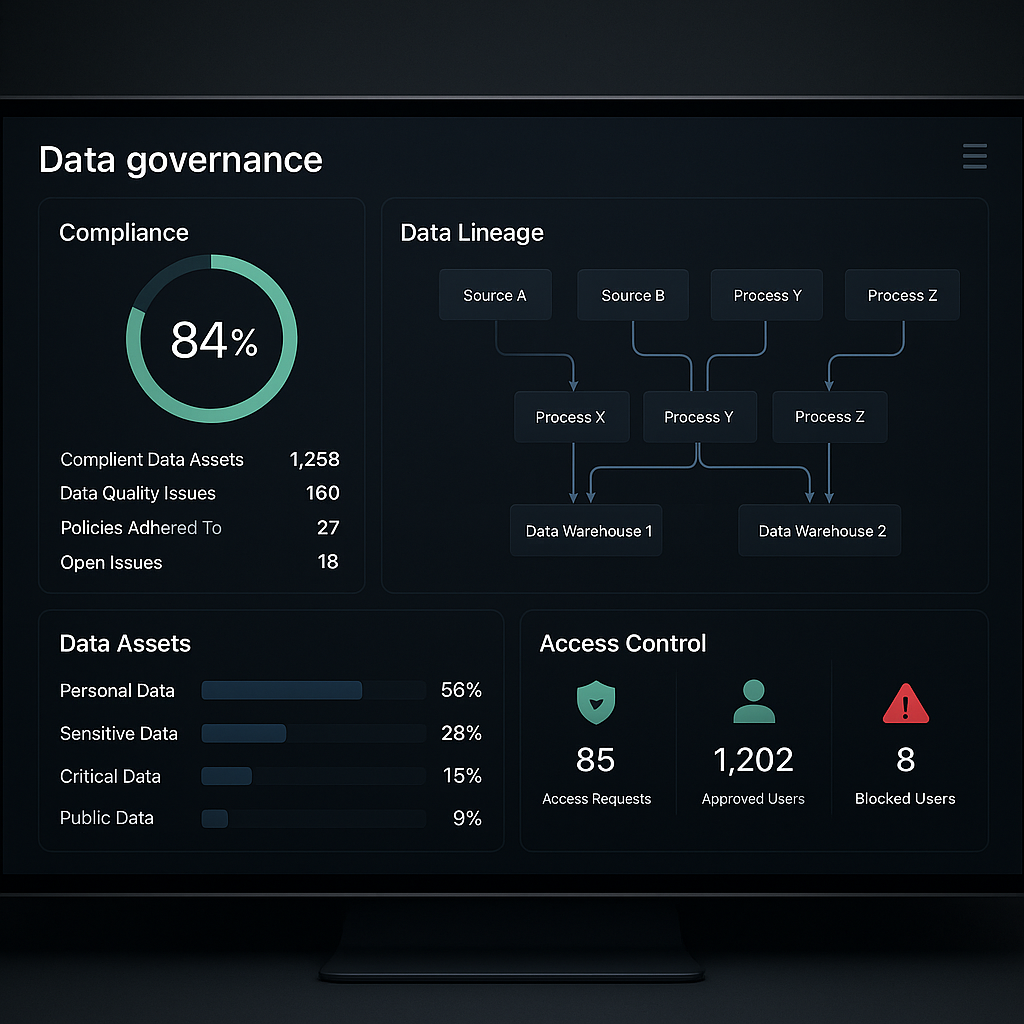

Enterprises run on data, but without visibility and control, information becomes fragmented and unreliable. A well-designed data governance dashboard turns this complexity into clarity. It gives decision-makers a transparent view of how data is collected, stored, and used across the organization, helping them maintain compliance and make informed choices.
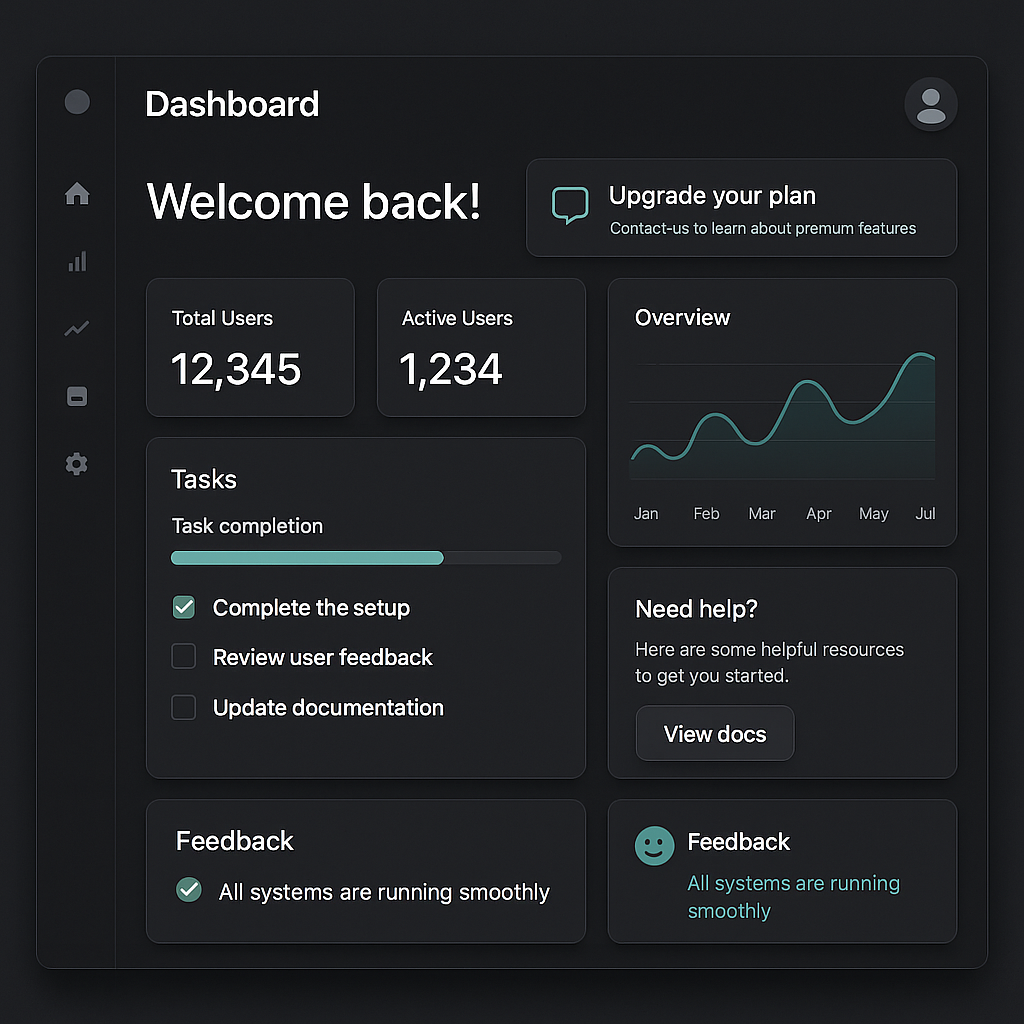

As SaaS platforms expand internationally, design choices can determine whether adoption grows smoothly or stalls at the border. Localization and global UX design ensure that products feel native to each market while retaining a consistent brand identity. For enterprises, this is not just about translating text but about creating meaningful, culturally aware experiences.
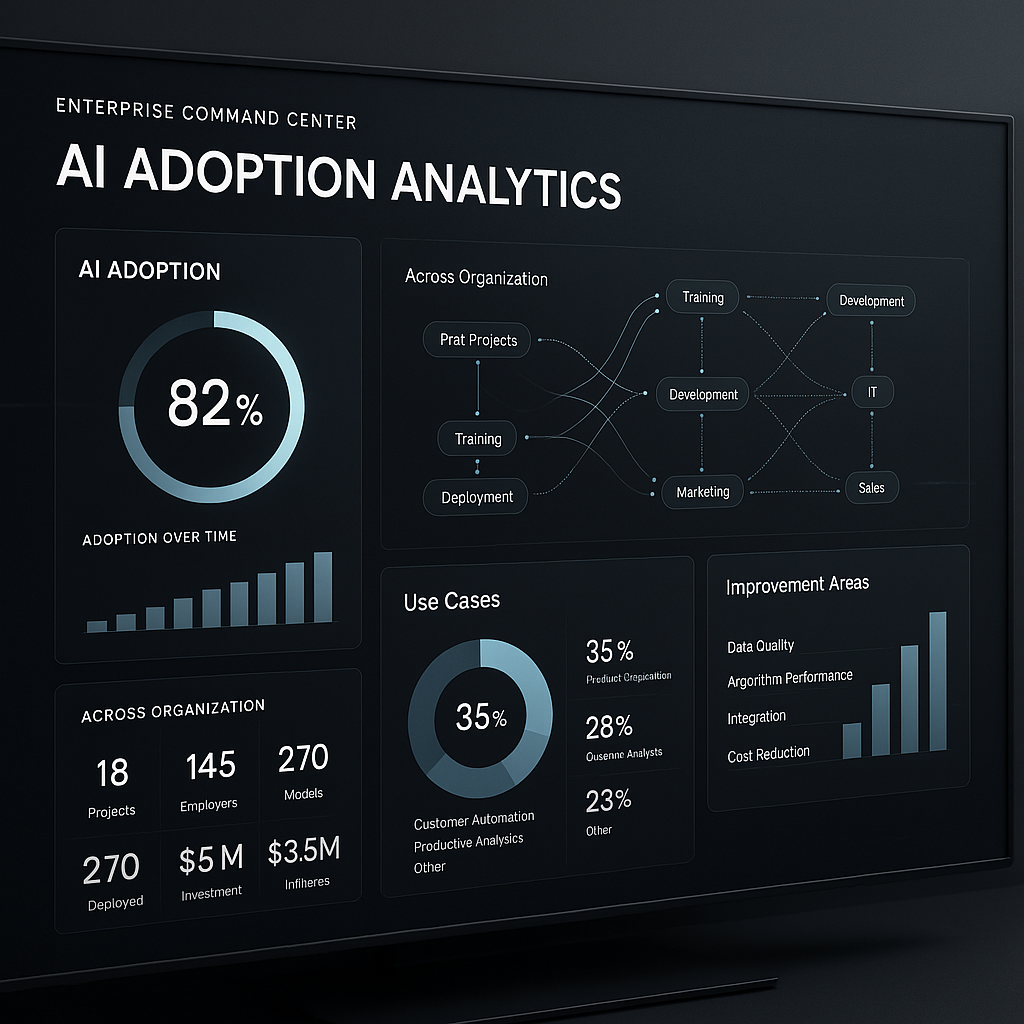

Artificial intelligence is no longer a futuristic experiment. For enterprises, it has become a strategic necessity that shapes decision-making, operations, and customer experience. Yet adopting AI successfully requires more than deploying algorithms. It demands a clear roadmap that connects technology with business outcomes.
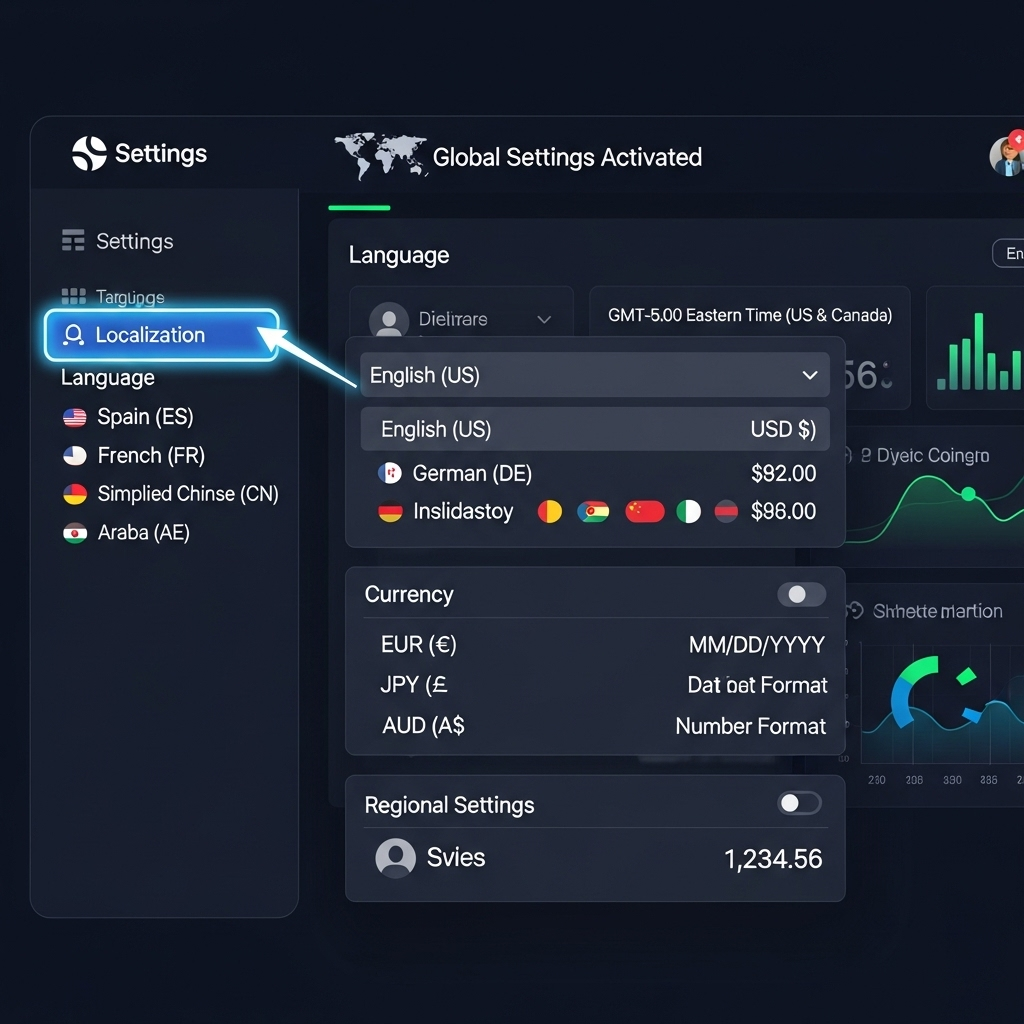

As SaaS platforms expand internationally, design choices can determine whether adoption grows smoothly or stalls at the border. Localization and global UX design ensure that products feel native to each market while retaining a consistent brand identity. For enterprises, this is not just about translating text but about creating meaningful, culturally aware experiences.
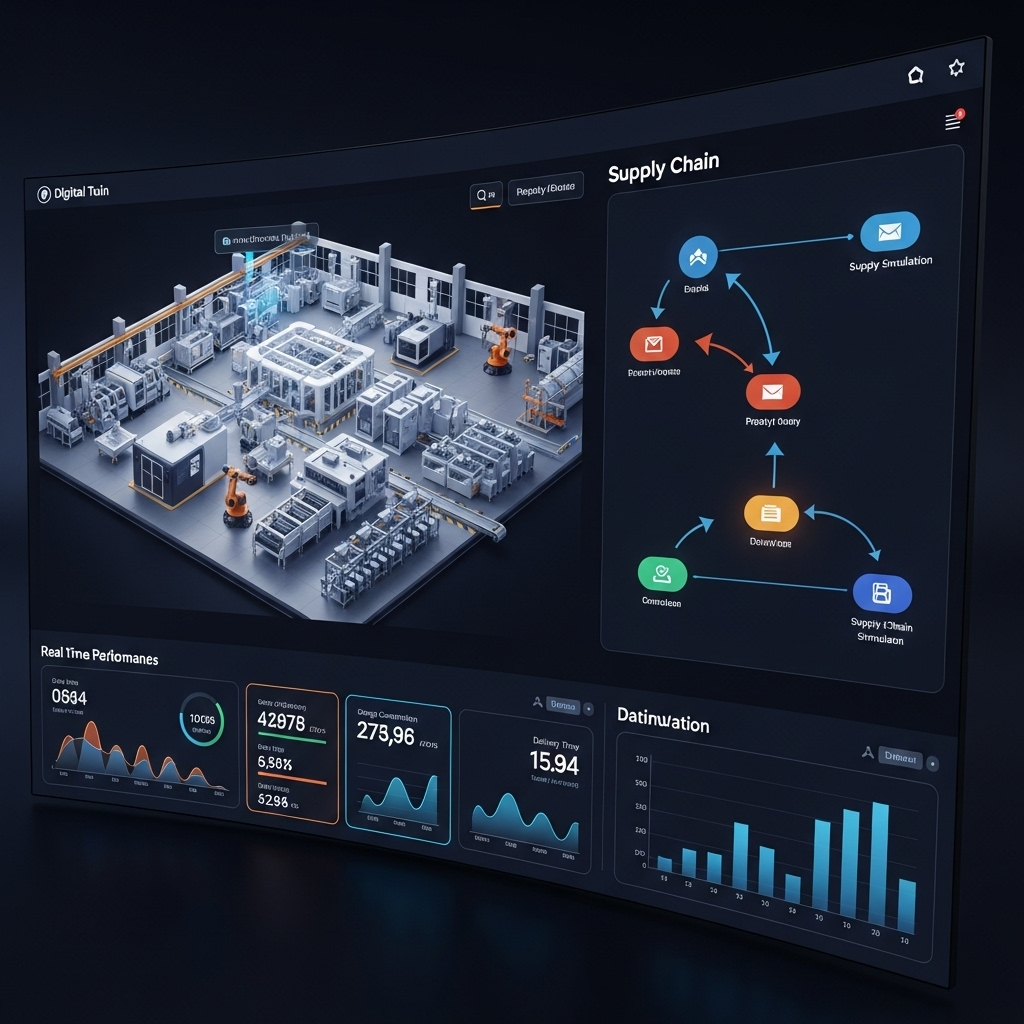

Digital twins have evolved from being engineering tools into strategic assets for enterprises. A digital twin is a virtual representation of a physical process, system, or product that updates in real time. By simulating operations, companies can test scenarios, identify risks, and optimize performance without disrupting reality.


No-code platforms have shifted from being simple tools for small teams to becoming critical enablers of enterprise innovation. By allowing teams to build applications through visual interfaces rather than code, these platforms accelerate development and reduce dependency on scarce engineering resources. For enterprises focused on scaling, no-code is not a shortcut but a strategy.


User experience and data security are often treated as separate priorities. Designers focus on usability while engineers focus on protection. In reality, the two are inseparable. If a product feels insecure, users abandon it. If security disrupts usability, users look for workarounds that put data at risk. Strong UX workflows must integrate security as a natural part of the experience.
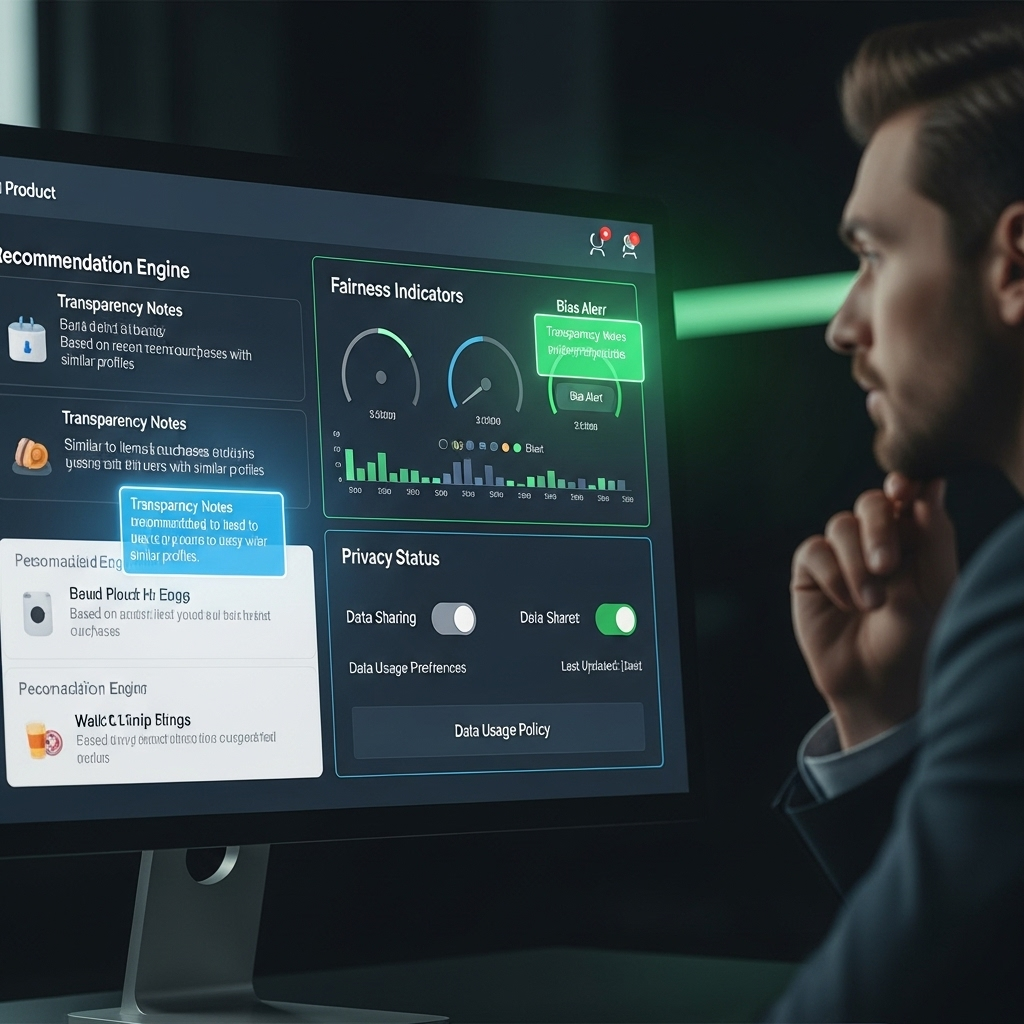

Artificial intelligence has become central to digital product design, powering personalization, automation, and predictive insights. But as adoption accelerates, the responsibility to design ethically grows just as quickly. Ethical AI in digital product design ensures that innovation does not compromise trust, fairness, or human dignity.
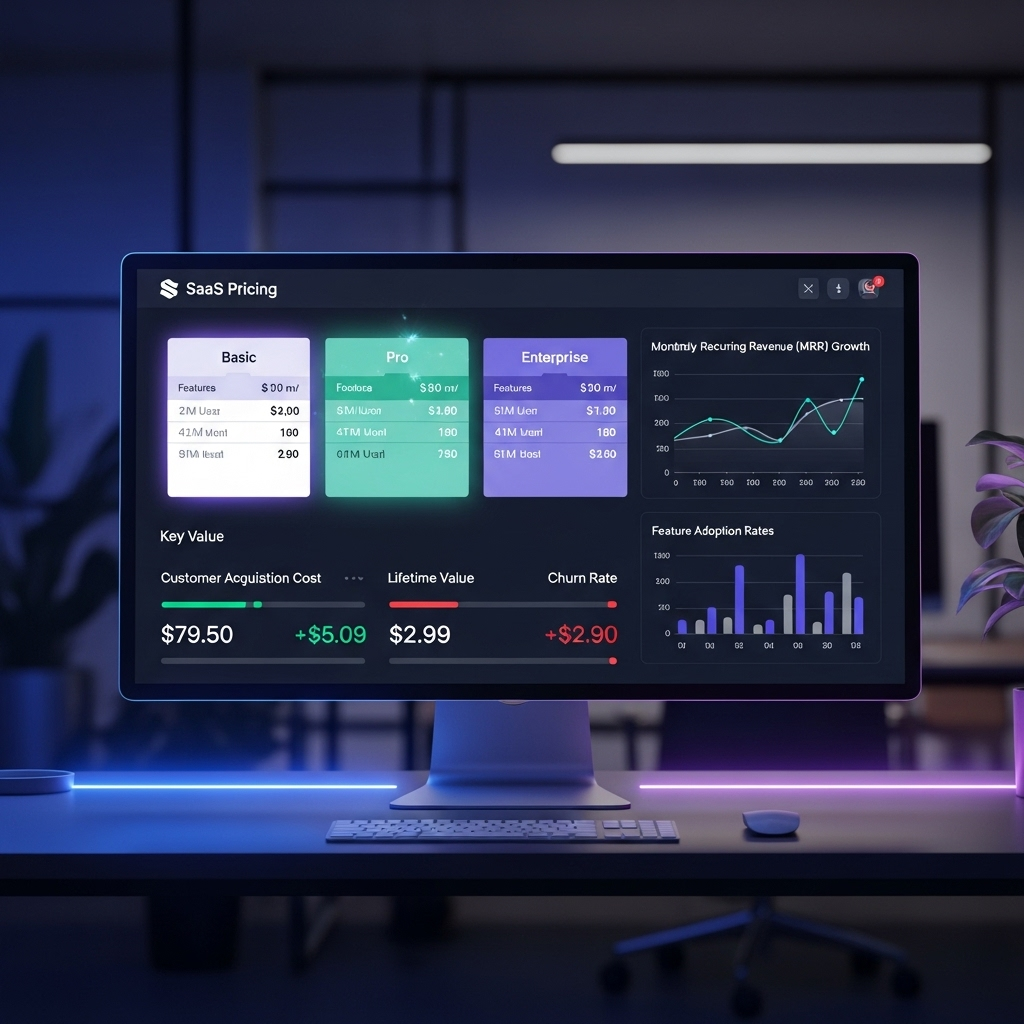

Pricing is one of the most powerful levers for SaaS success. The right model can accelerate adoption and revenue, while the wrong one can stall growth. SaaS pricing model optimization is about aligning value with cost, ensuring that users see clear benefits while companies scale profitably.


As enterprises adopt cloud-native platforms, design priorities shift. Traditional applications often focus on static environments, but cloud-native systems are built to be dynamic, distributed, and scalable. Cloud-native UX principles ensure that interfaces match this new reality, supporting flexibility while keeping the user experience seamless.


Modern enterprises rely on dozens of platforms for operations, from customer management to logistics. Without a strong integration strategy, data stays locked in silos and workflows slow down. An enterprise API integration strategy ensures that systems connect seamlessly, creating efficiency and scalability across the organization.
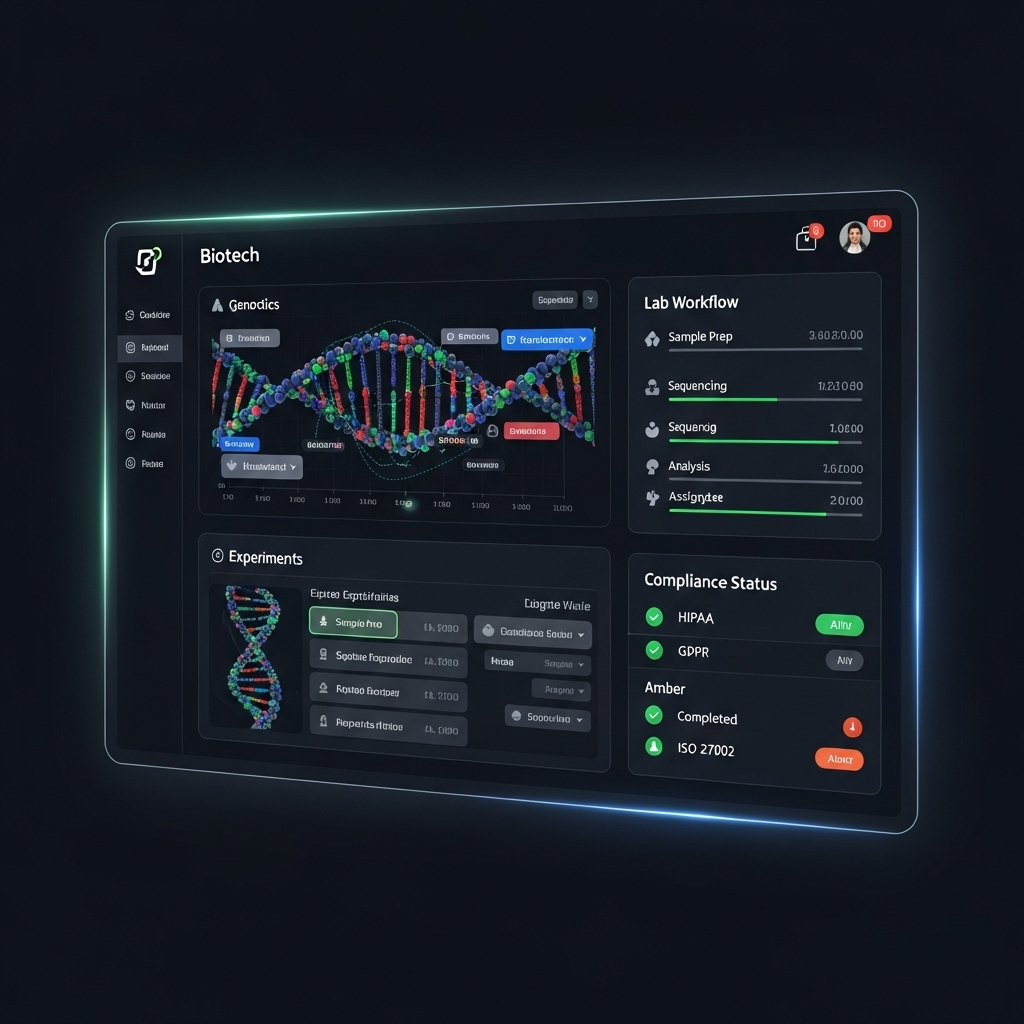

Biotech organizations work with massive amounts of data, complex workflows, and strict regulatory standards. A well-designed SaaS platform can transform that complexity into clarity, enabling researchers, clinicians, and administrators to focus on science instead of software. The challenge lies in creating platforms that balance precision, compliance, and usability.
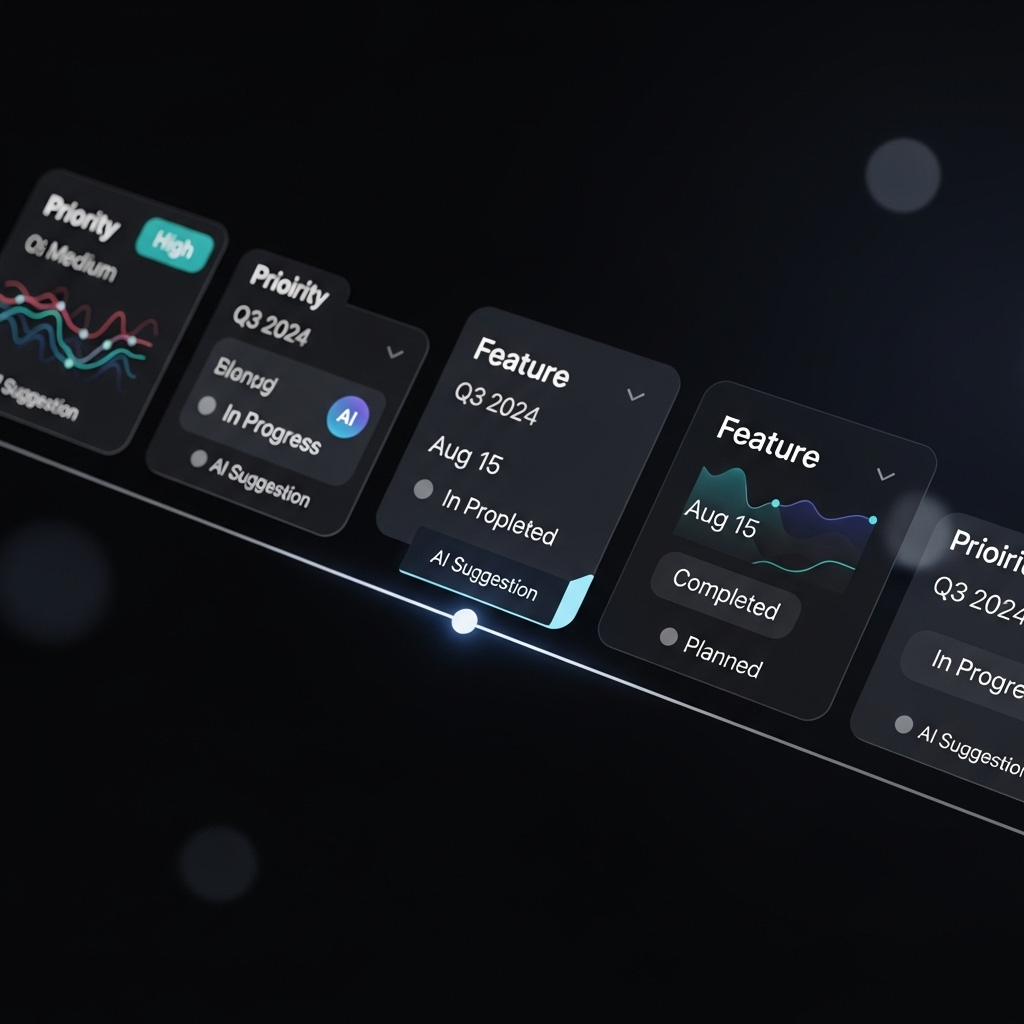

Product roadmaps turn ideas into outcomes. Traditional roadmapping depends on stakeholder debates, manual research, and static timelines. AI-driven product roadmapping adds machine learning and predictive analytics to that mix, which helps teams spot patterns, reduce bias, and make faster decisions that track to business goals.


Digital branding has always been about more than logos and colors. Today, augmented reality (AR) is giving companies new ways to connect with customers by transforming branding into interactive experiences. Instead of only looking at a brand, users can engage with it in three-dimensional space, making it more memorable and impactful.
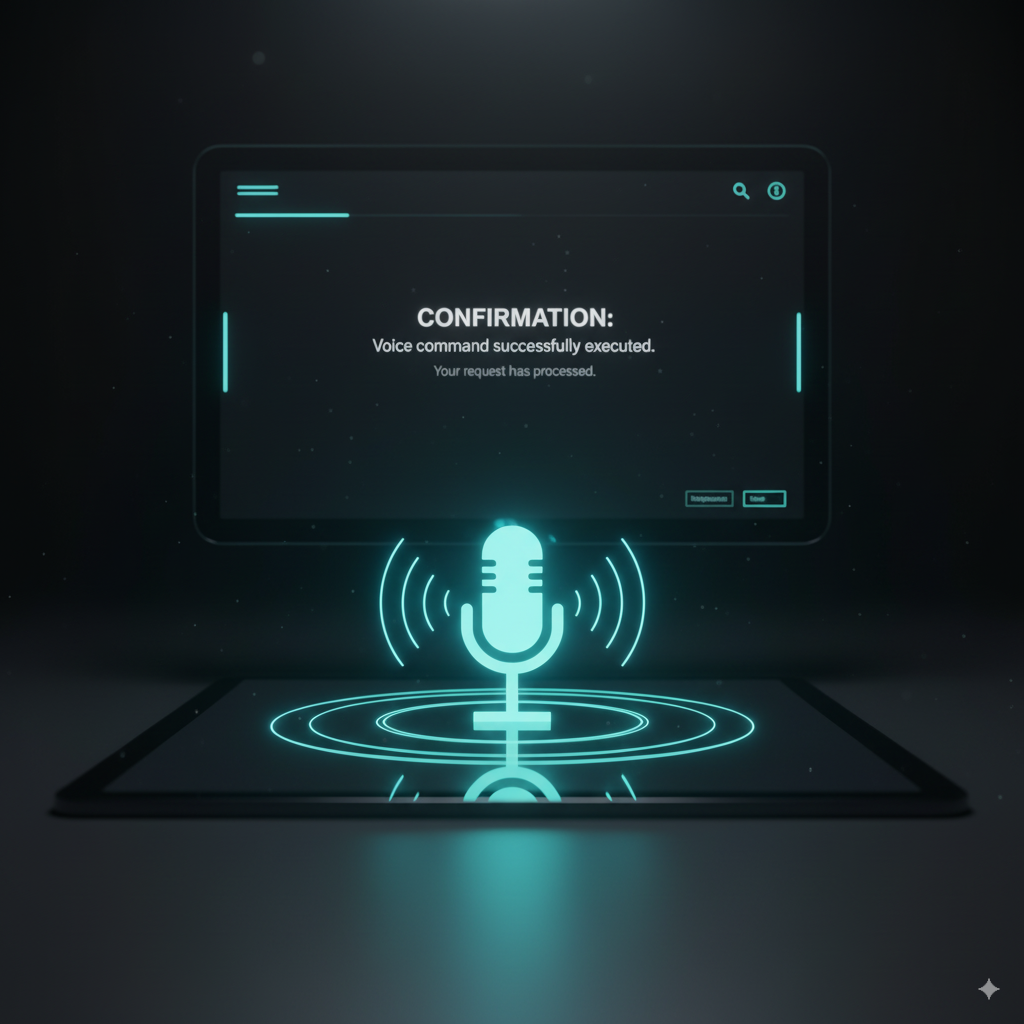

Voice has become one of the most natural ways to interact with technology. From smart speakers to enterprise platforms, voice-enabled interface design is reshaping how users search, command, and complete tasks. For businesses, integrating voice into digital products is not only about convenience but also about accessibility and efficiency.


Fintech platforms manage some of the most sensitive interactions in a user’s life: their money. For this reason, accessibility is not just a compliance requirement but a foundation for trust. An accessible fintech interface ensures that people of all abilities can use financial services confidently, making inclusion a competitive advantage.
.png)
.png)
In a world where digital interactions define customer relationships, speed has become a key factor in user experience. Performance-first web app design prioritizes fast loading, smooth interactions, and optimized resource use. Companies that treat performance as a design principle, not just a technical requirement, see higher engagement, better retention, and stronger conversions.


In the modern digital ecosystem, products rarely exist in isolation. Enterprises expect tools to connect seamlessly with other systems, and that expectation shapes how user experiences are designed. API-first product UX focuses on creating interfaces and workflows that align with integration from day one, making products more scalable, flexible, and valuable.


Enterprises that manage multiple brands face a unique design challenge. Each brand needs to maintain its own identity while sharing a consistent foundation across platforms. A design system built for multi-brand use provides the structure to achieve this balance, enabling scalability without sacrificing individuality.


User experience is no longer shaped by intuition alone. Today, data-driven UX optimization allows businesses to refine their digital products using measurable insights rather than assumptions. When companies integrate analytics into the design process, they create experiences that are not only visually appealing but also effective at meeting user needs.


When companies invest in enterprise SaaS, the first interaction with the platform is critical. A well-structured onboarding flow can determine whether users adopt the software smoothly or abandon it before realizing its value. SaaS onboarding is not just about showing features, it is about building confidence, efficiency, and long-term retention.


Cloud computing has undeniably revolutionized the technological landscape, offering businesses unprecedented agility, scalability, and access to cutting-edge innovations. However, the promise of the cloud can quickly turn into a significant financial challenge if not managed with strategic foresight.


Digital platforms are complex. Whether you're building a multi-sided marketplace, a healthcare portal, a SaaS tool, or an enterprise dashboard, you're not just designing a website, you're creating a system. Digital platform design services help you make that system usable, scalable, and intuitive for everyone who touches it.


Digital platforms are complex. Whether you're building a multi-sided marketplace, a healthcare portal, a SaaS tool, or an enterprise dashboard, you're not just designing a website, you're creating a system. Digital platform design services help you make that system usable, scalable, and intuitive for everyone who touches it.
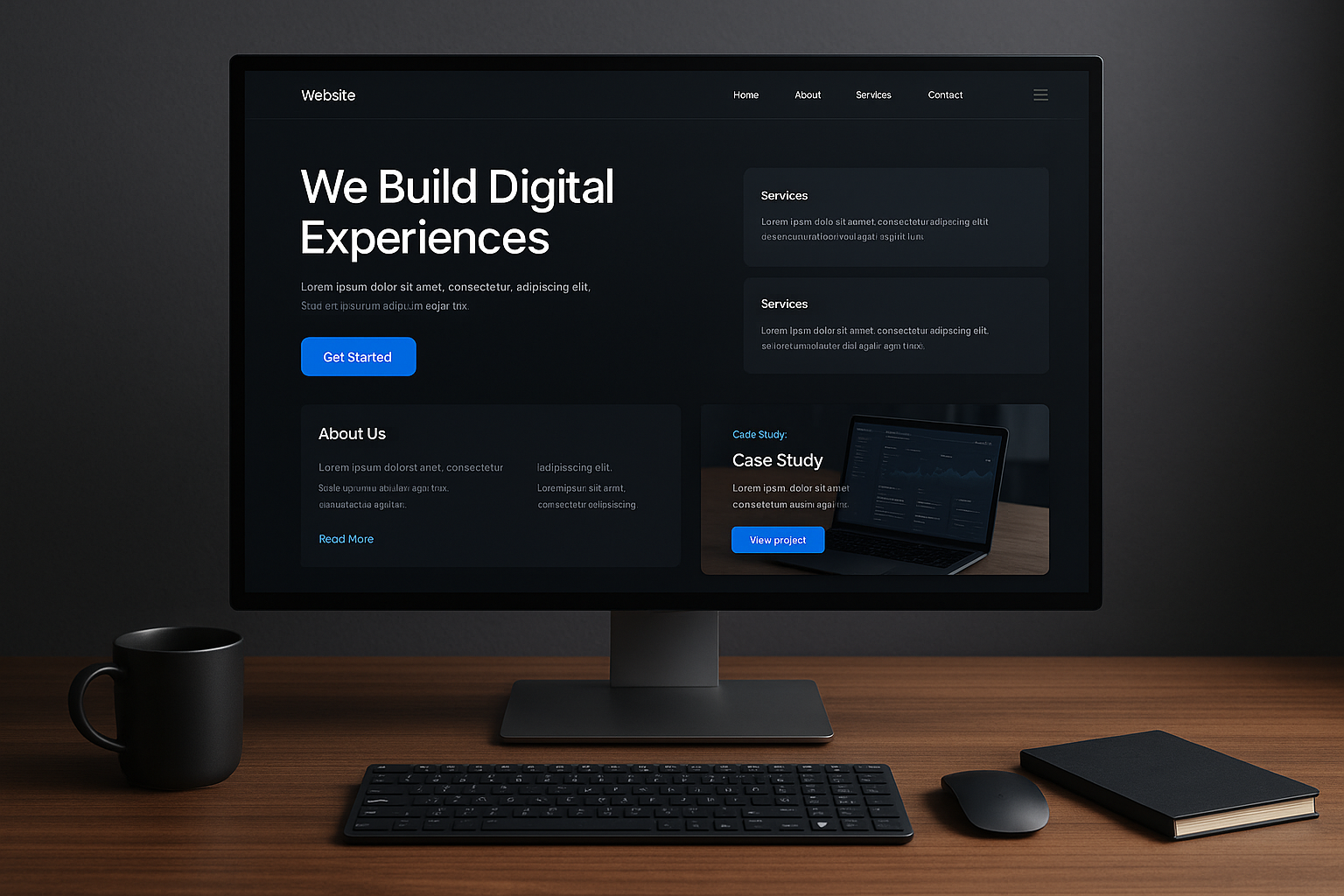

The first step is understanding the audience. Unlike consumer websites, B2B sites must speak directly to decision-makers who are focused on ROI, efficiency, and long-term value. That means clear messaging, structured case studies, and direct explanations of services. A redesign that ignores these priorities risks looking polished on the surface but failing to convert.
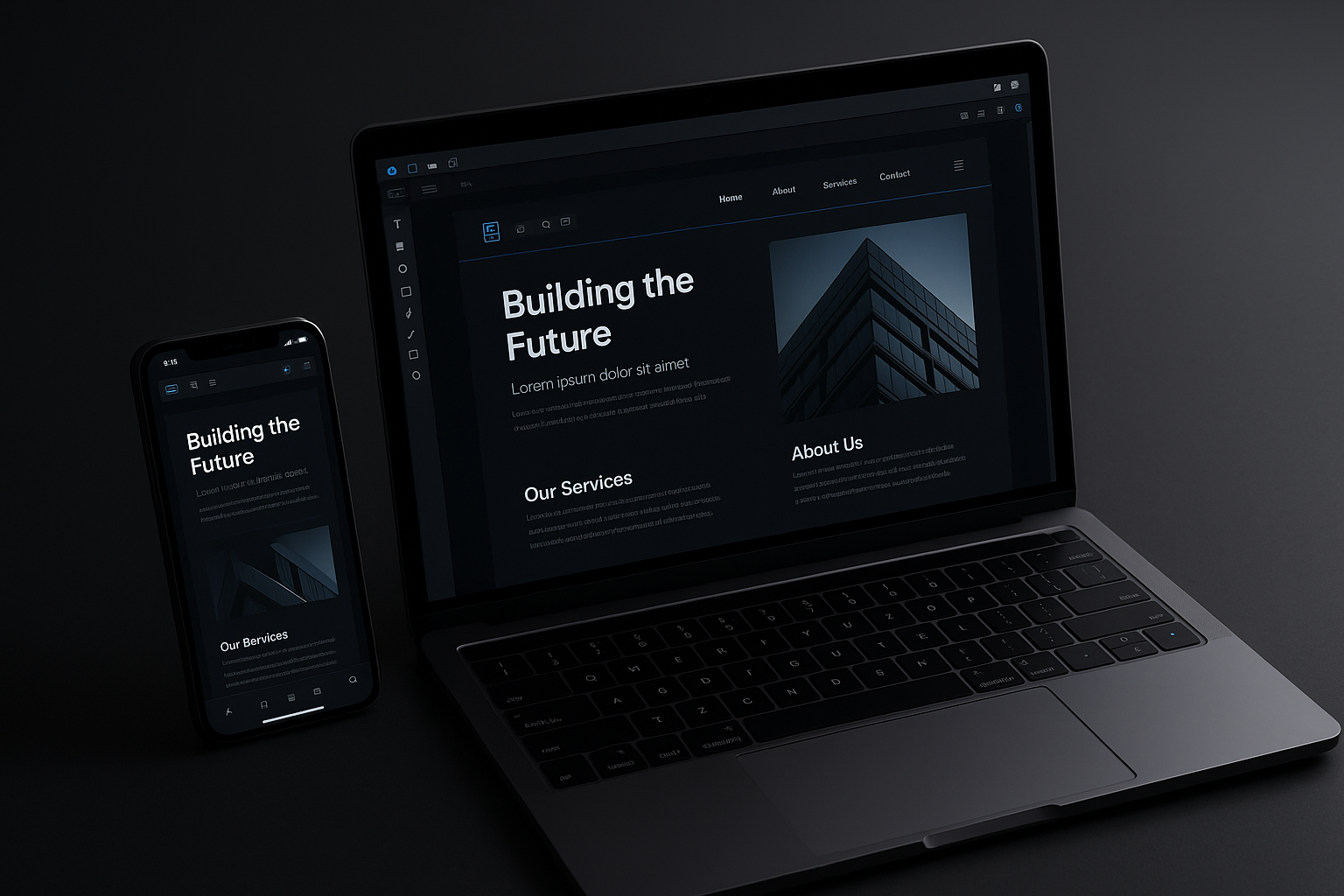

Designing for mobile first is not about shrinking a desktop site. It is about prioritizing what matters most to users in the most constrained environment, then building up from there. When teams begin with phones in mind, they make sharper choices about content, layout, performance, and interaction.


Launching a SaaS product is one of the most critical moments for any tech company. It is not only the introduction of a product but also the point where months of development, research, and positioning meet the reality of customer adoption.
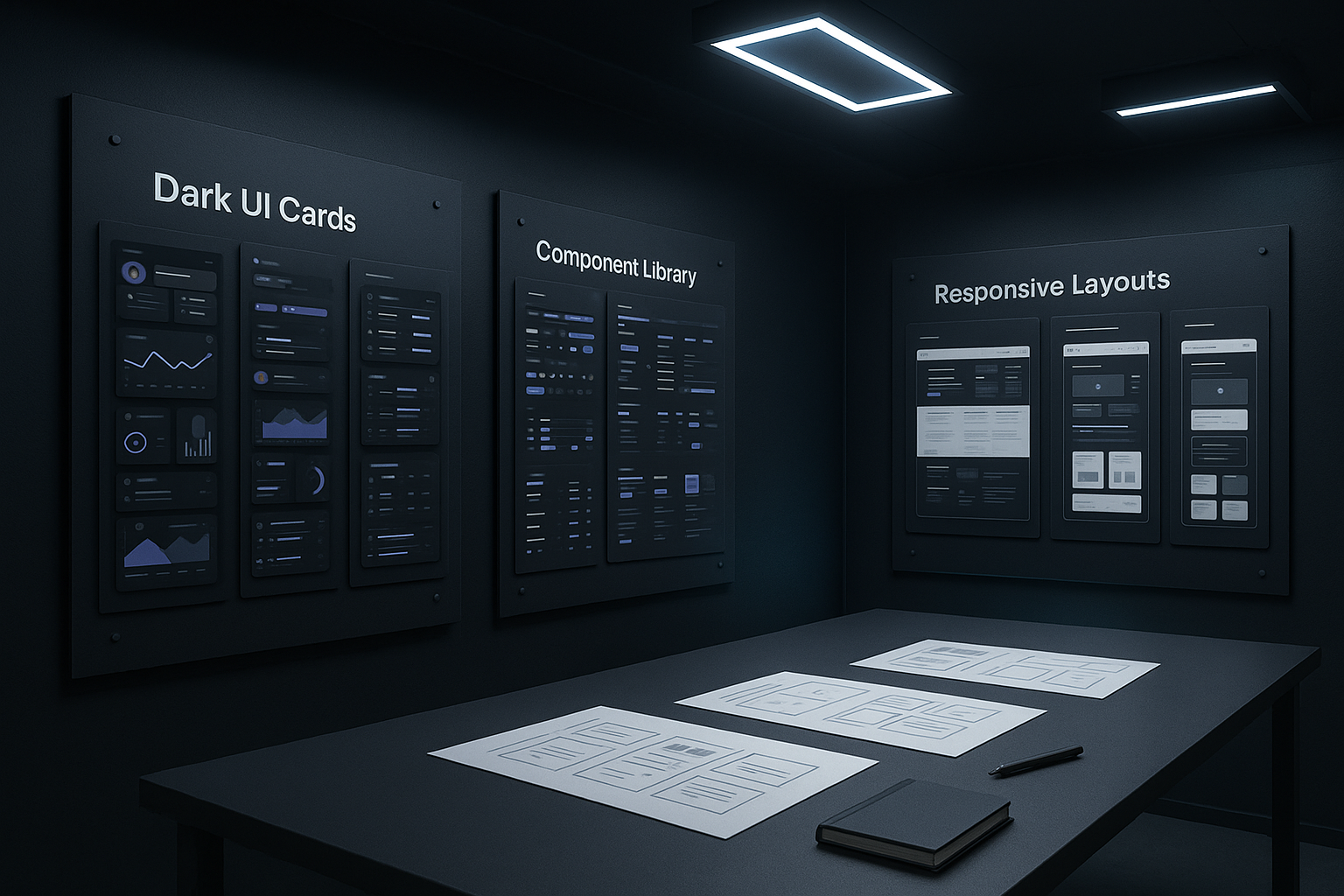

UI design isn’t just about what looks modern on a screen. It’s about how digital experiences feel, respond, and guide the user without friction. At Scalability, we help companies shape products that aren’t just functional, but beautifully intuitive. Design trends come and go, but the best ones are rooted in utility.


When your product grows, consistency starts to matter more than ever. A design system helps you keep your digital experience cohesive, no matter how many people touch the project. At Scalability, we help companies build and implement design systems that simplify collaboration, speed up development, and create better user experiences.
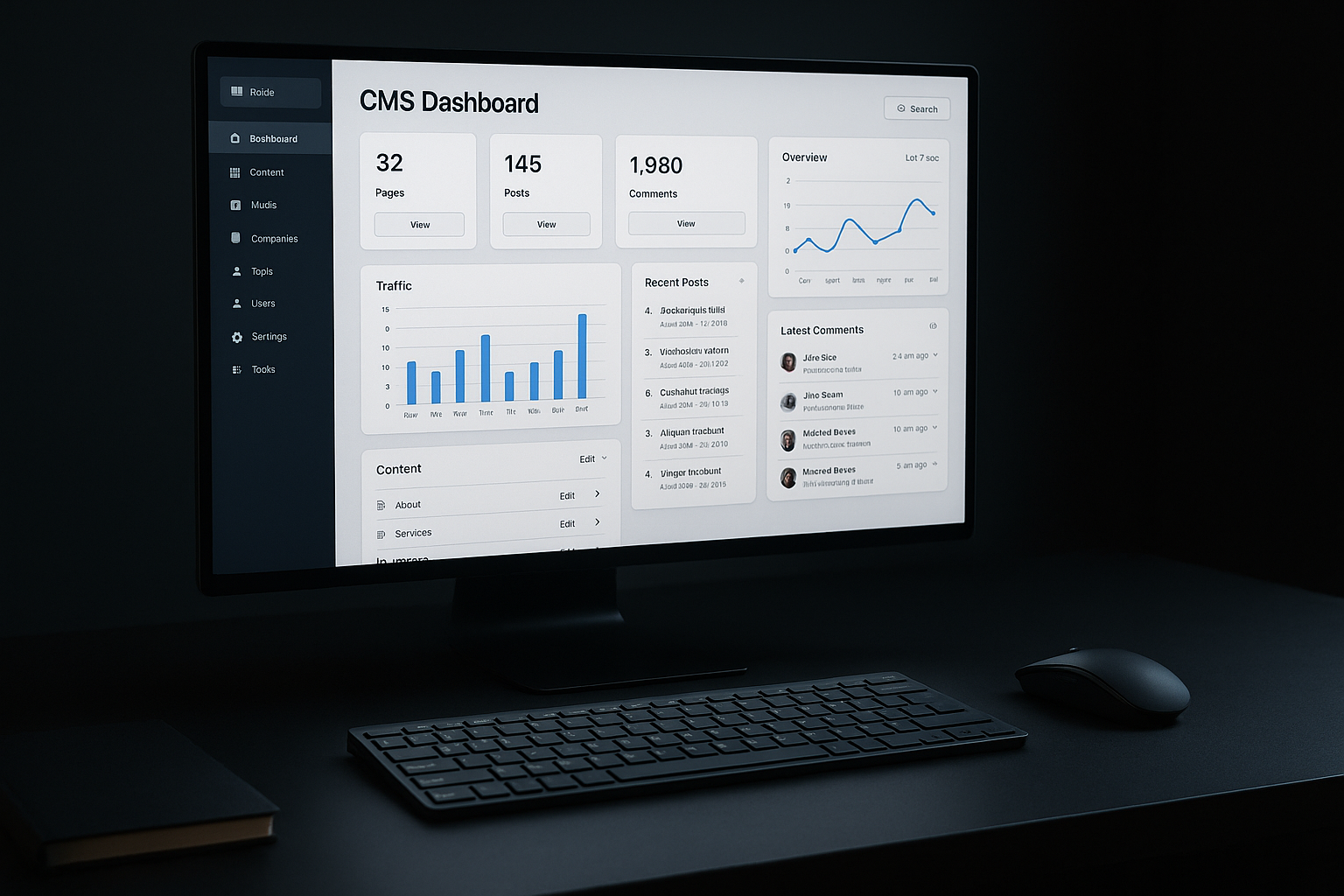

With so many content management systems available off the shelf, it’s fair to ask why anyone would choose a custom CMS. But the answer is simple. When your business has unique content workflows, complex user roles, or integration needs, a one-size-fits-all system just doesn’t cut it.
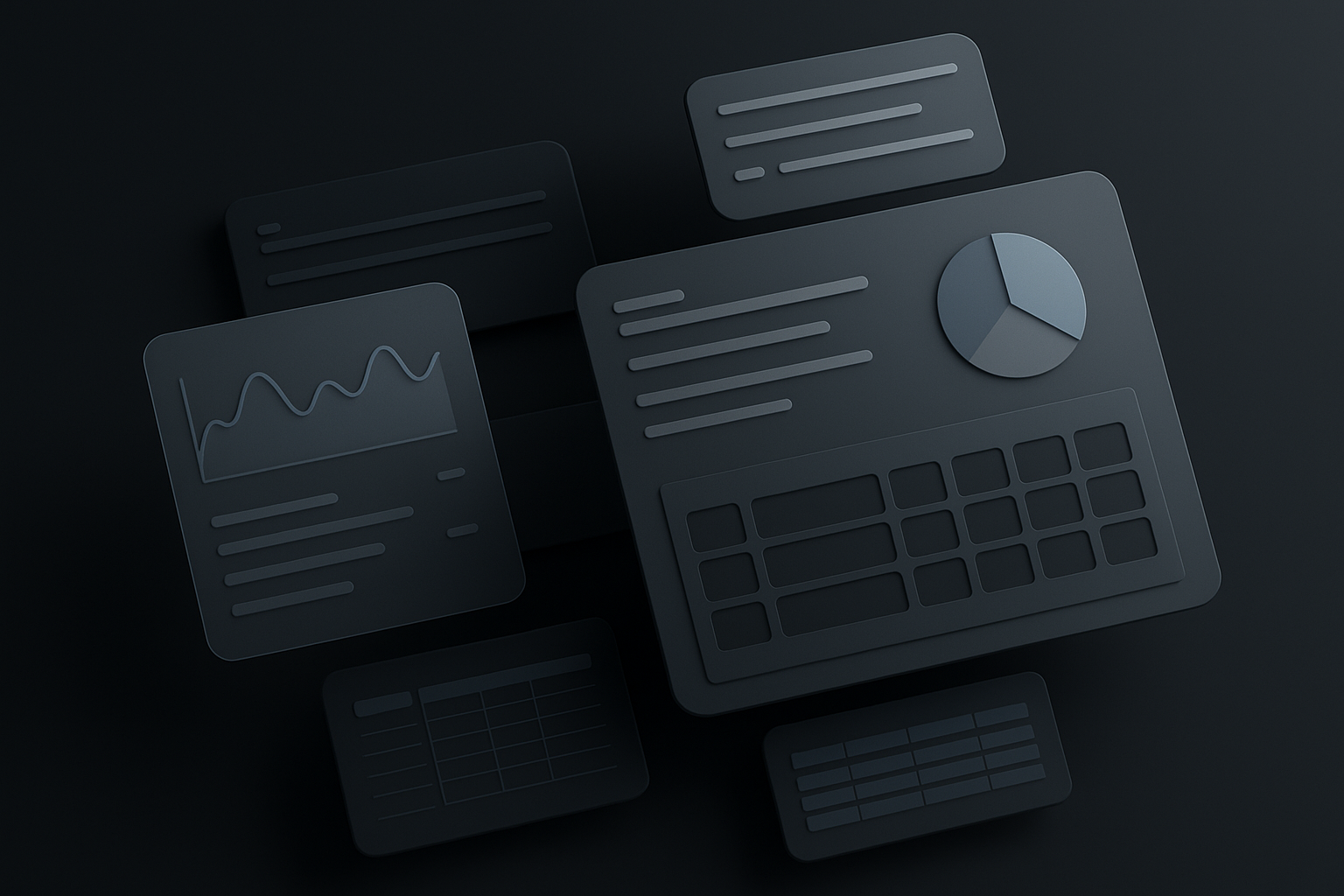

Designing UI for enterprise software is a completely different challenge than working on a simple consumer-facing app. The stakes are higher, the workflows are more complex, and the users aren’t browsing - they’re working.
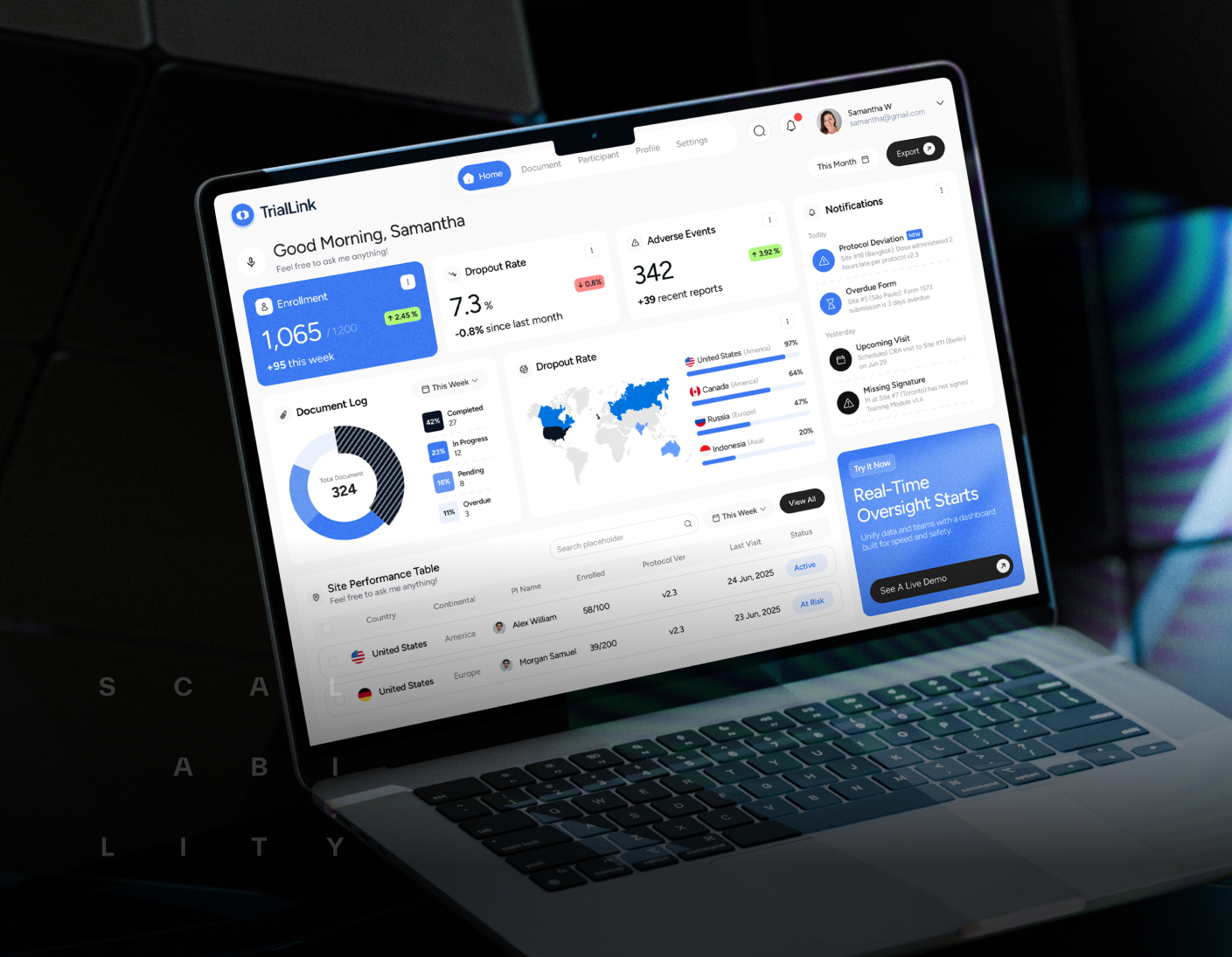

Digital platforms are complex. Whether you're building a multi-sided marketplace, a healthcare portal, a SaaS tool, or an enterprise dashboard, you're not just designing a website, you're creating a system. Digital platform design services help you make that system usable, scalable, and intuitive for everyone who touches it.
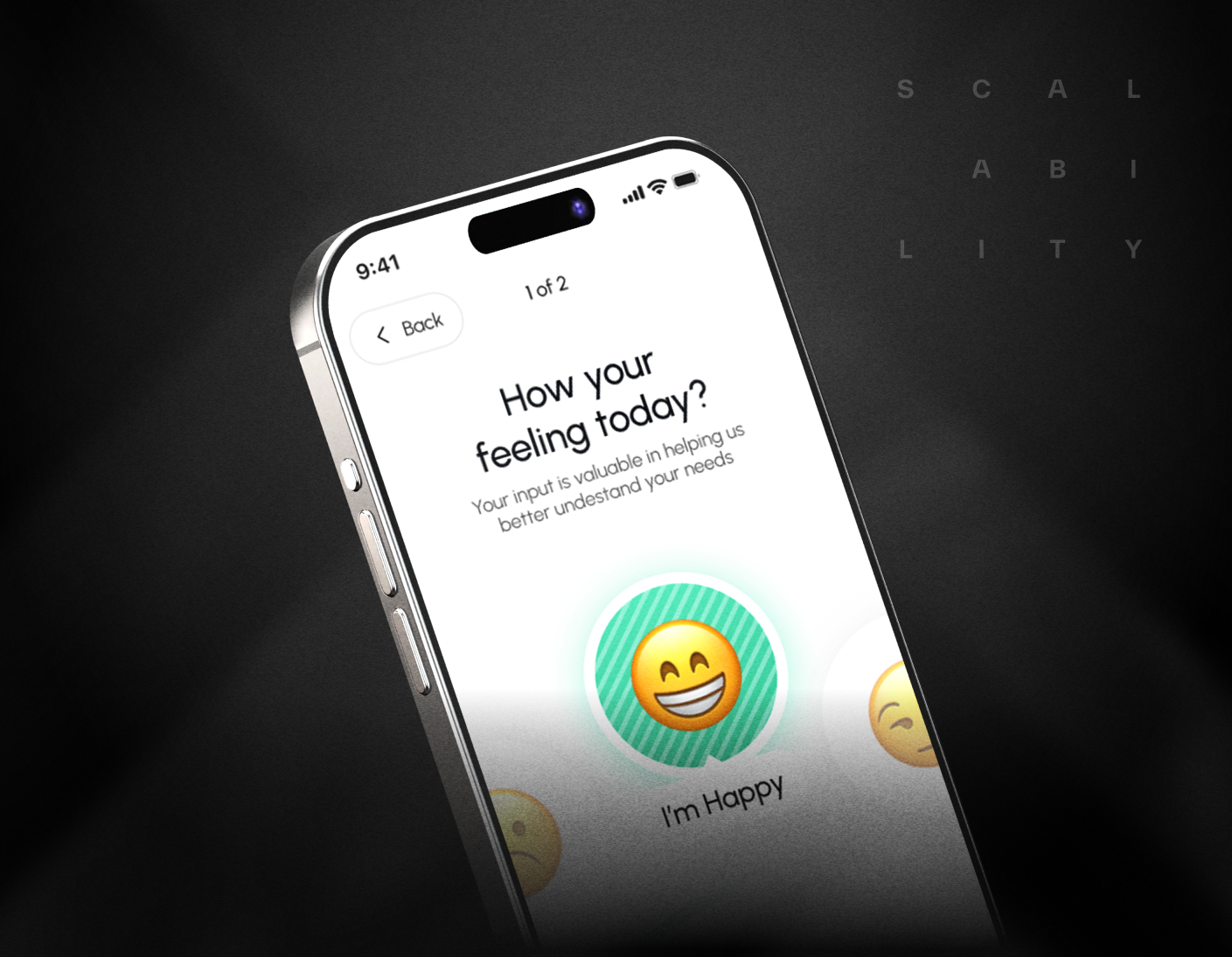

First impressions matter, especially in software. If users don’t understand your product quickly, they’ll leave just as fast. That’s why user onboarding isn’t a side feature. It’s a critical part of product design. A smooth onboarding experience helps people find value early, feel in control, and keep coming back.


In a crowded SaaS market, great features aren’t enough. Users need to understand who you are, what you stand for, and why they should trust you, often before they even try the product. That’s where brand identity comes in. It’s more than a logo or a color scheme. It’s how your company presents itself to the world and how people feel when they engage with it.
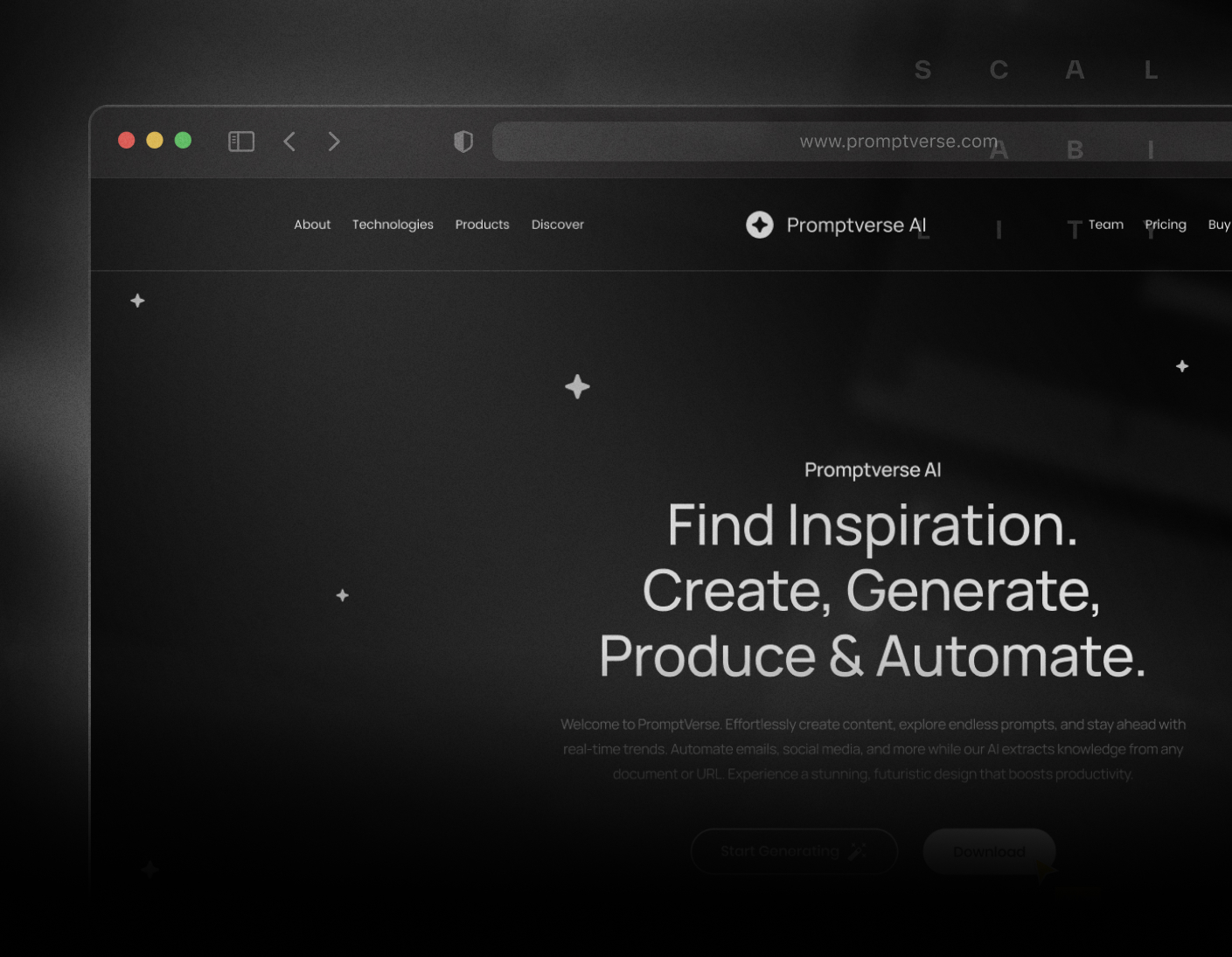

A landing page only has one job- to get the visitor to take action. Whether that’s signing up, booking a call, downloading a resource, or making a purchase, everything on the page should support that goal. Landing page optimization isn’t just about changing button colors or moving things around. It’s about understanding how users think and removing anything that gets in their way.
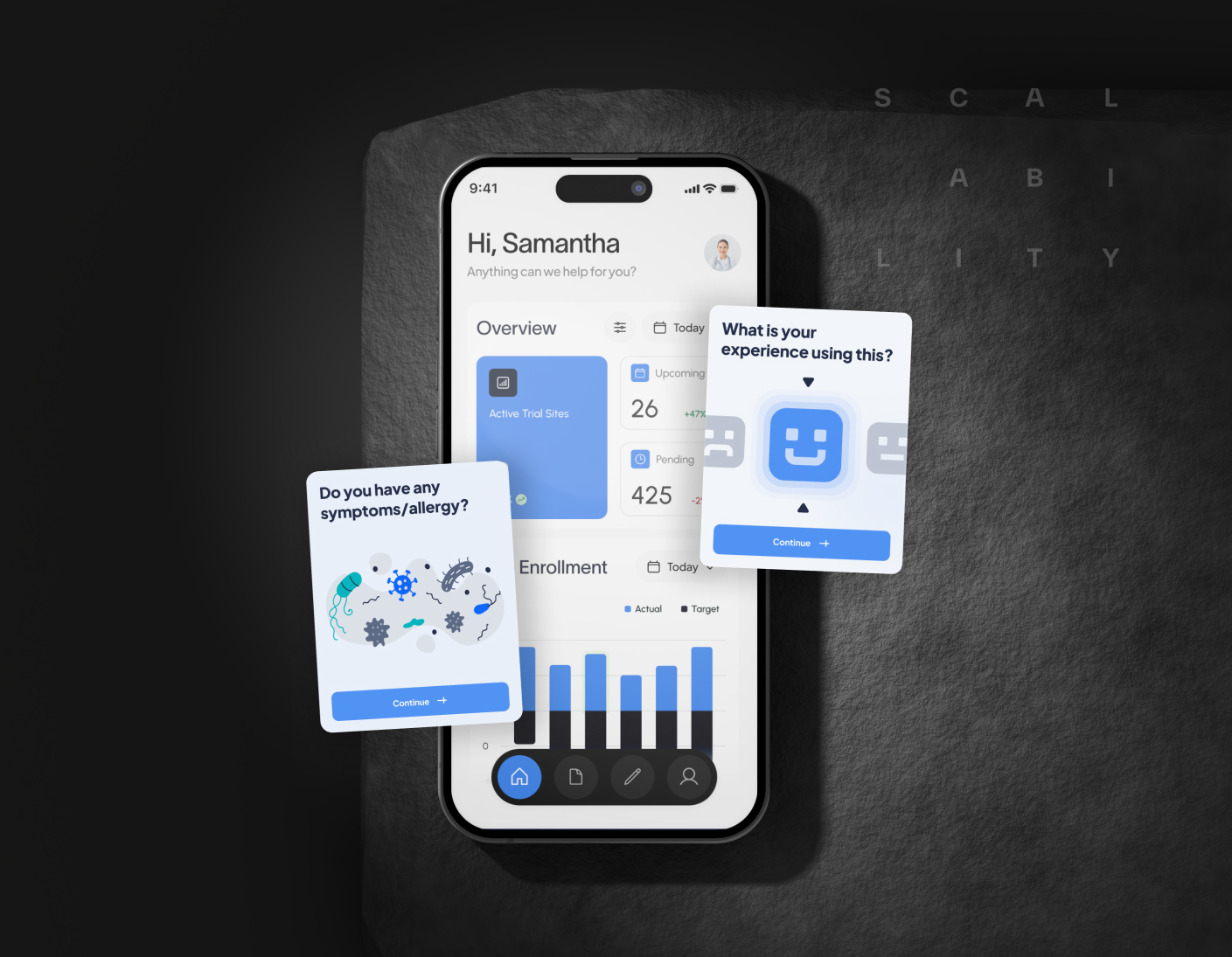

Designing a healthcare app means more than making it look good. It means creating a user interface that feels safe, clear, and reliable, especially when users may be anxious, rushed, or dealing with sensitive information. A great healthcare app UI doesn’t just look trustworthy. It behaves that way too.
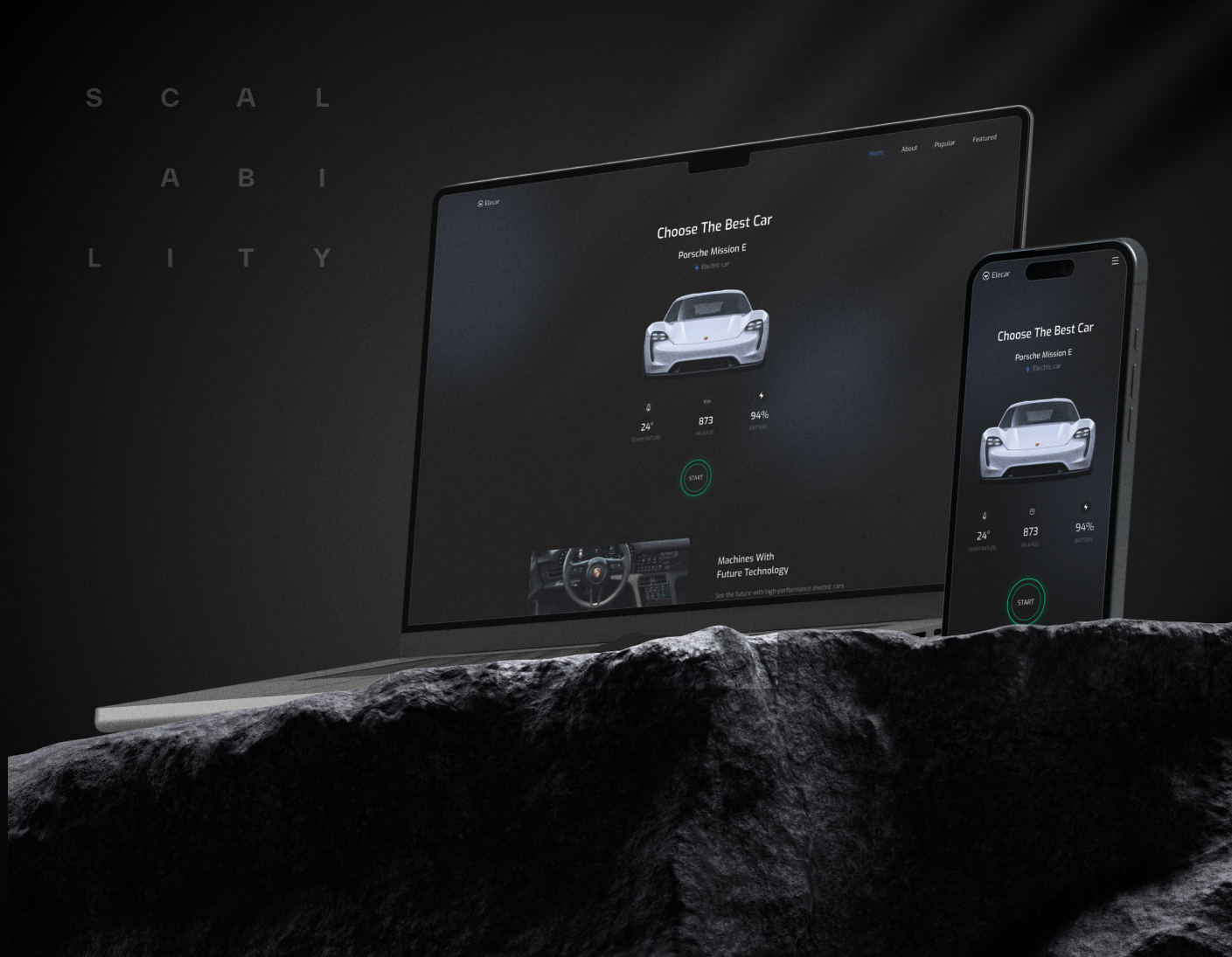

When it comes to mobile, users expect everything to just work - instantly, intuitively, and without effort. That’s why mobile UX design can’t be an afterthought. It needs to be deliberate from the start. The best mobile experiences feel invisible. They don’t make users think, they let them act.
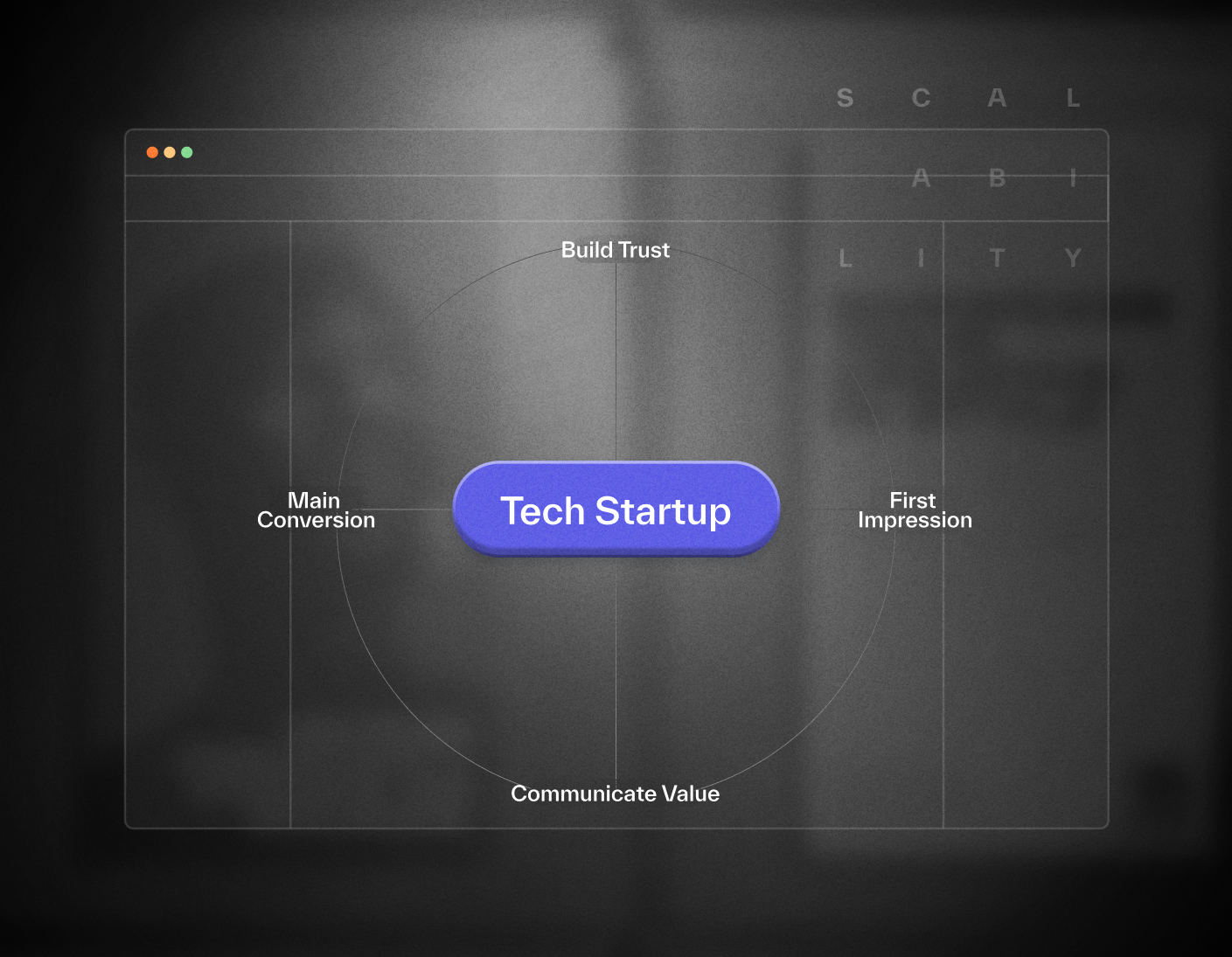

In the early stages of a startup, your website does a lot of heavy lifting. It’s not just a digital brochure. It’s your pitch, your first impression, and often your main conversion funnel - all rolled into one. That’s why tech startup website design needs more than sleek visuals. It needs to communicate value fast and build trust even faster.


A product design agency helps turn a raw idea into something people want to use. That might mean designing a new digital product from scratch or helping an existing one work better. But the goal is always the same: to shape how the product feels, flows, and solves real problems for real users.
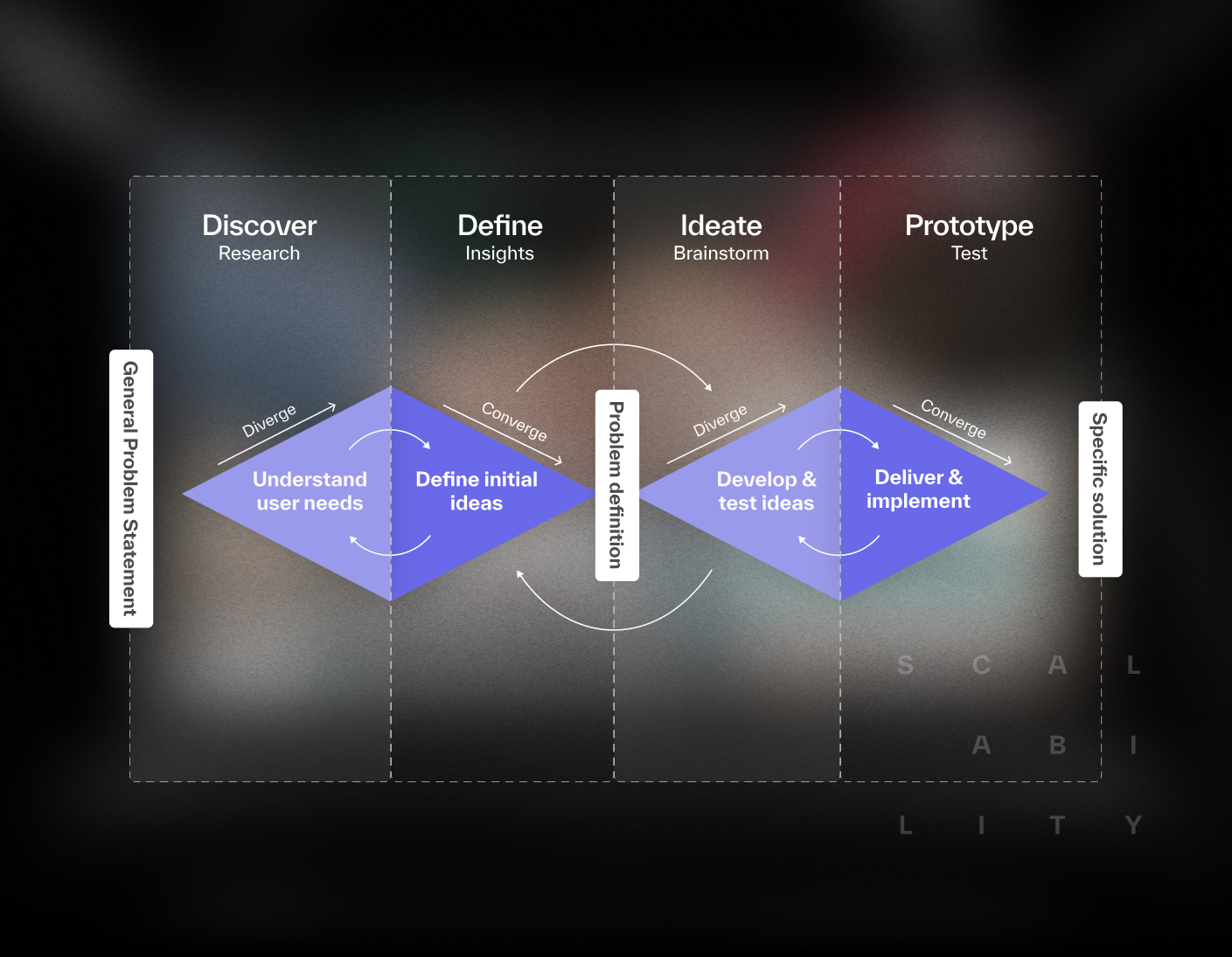

Many businesses move fast. They build, ship, fix, and repeat. But speed without clarity can lead to products nobody wants, features nobody uses, and decisions that don’t stick. Design thinking offers a different approach. It helps teams slow down just enough to understand the problem before rushing to solve it.
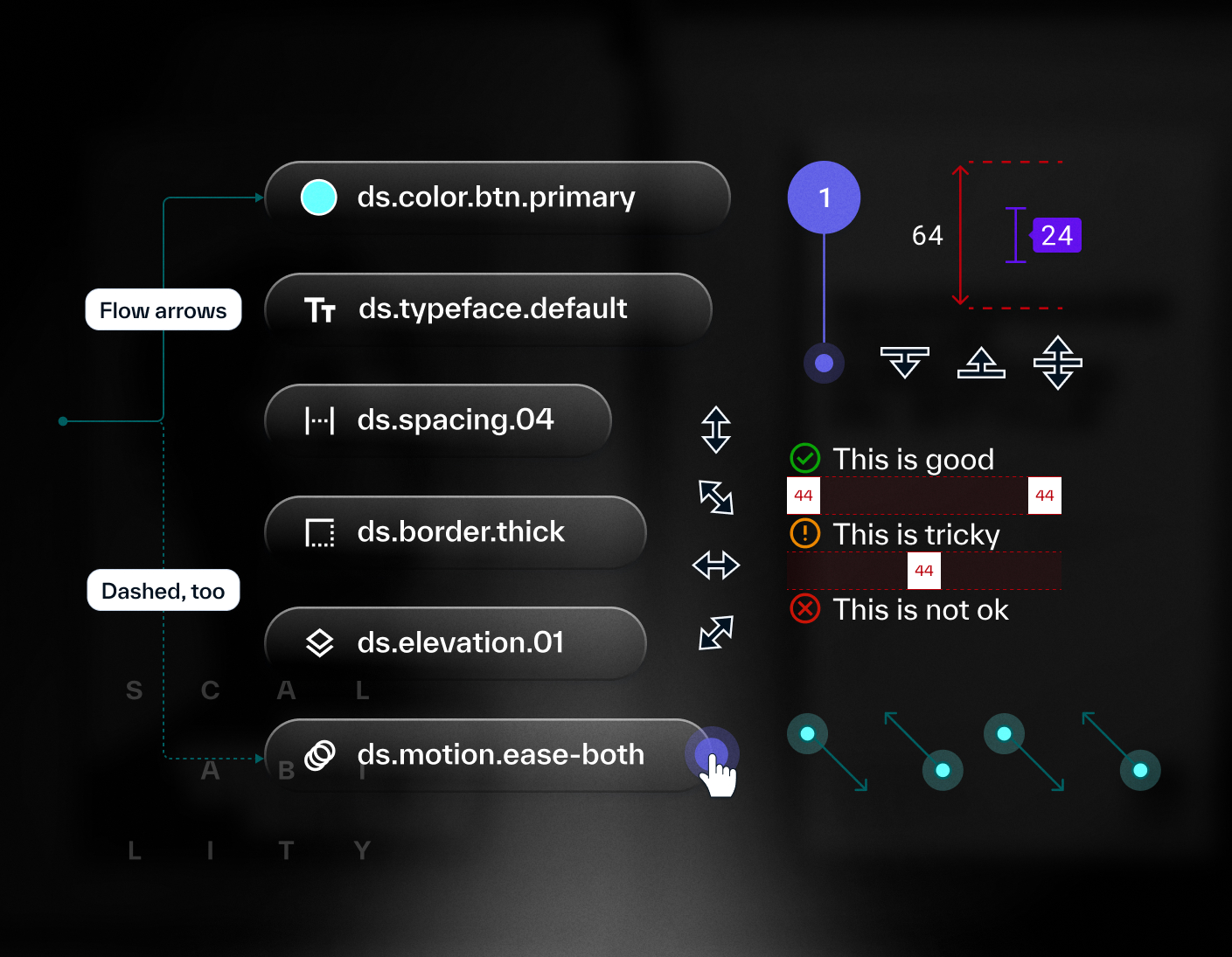

It’s easy to take responsive design for granted. Most users expect websites to work on any screen, whether they’re on a phone, tablet, laptop, or something in between. But behind that seamless experience is a set of choices that determine how accessible, usable, and effective your site really is.
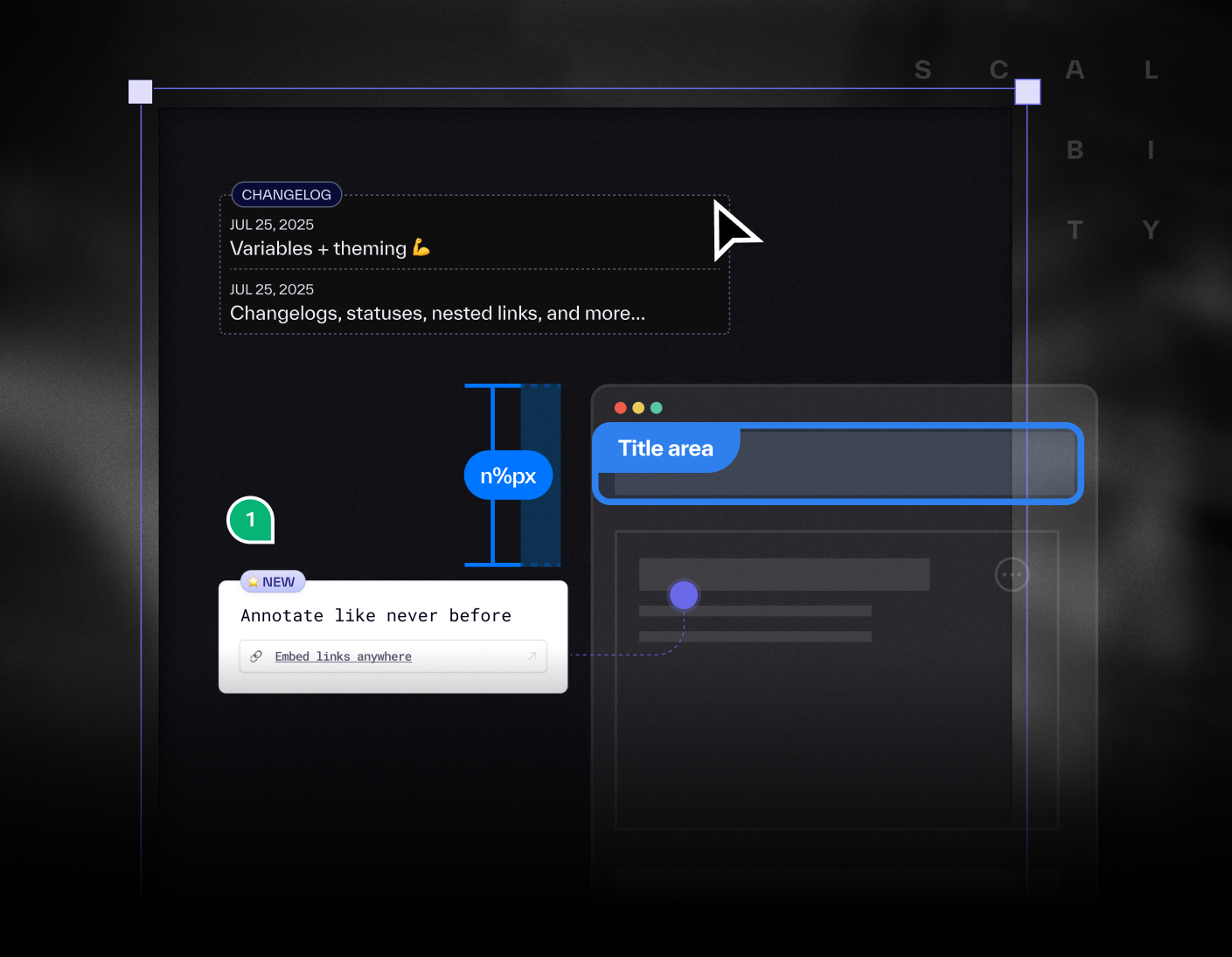

It’s easy to take responsive design for granted. Most users expect websites to work on any screen, whether they’re on a phone, tablet, laptop, or something in between. But behind that seamless experience is a set of choices that determine how accessible, usable, and effective your site really is.
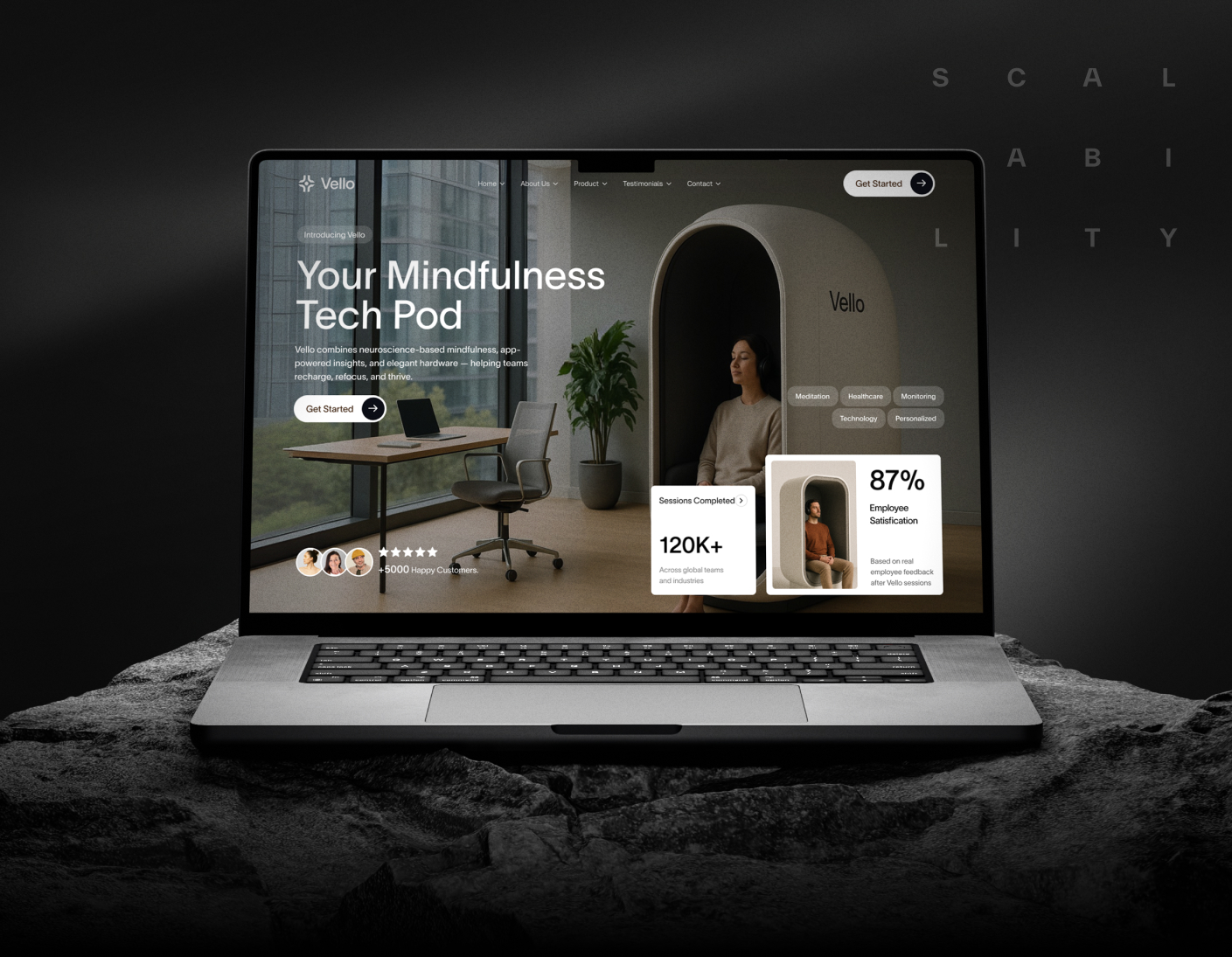

Minimalist design isn’t about having less — it’s about doing more with focus. A well-executed minimalist website doesn’t feel empty or cold. It feels clear. It helps users find what they need without distraction, confusion, or noise. And in a world where people decide within seconds whether to stay or leave, clarity is everything.
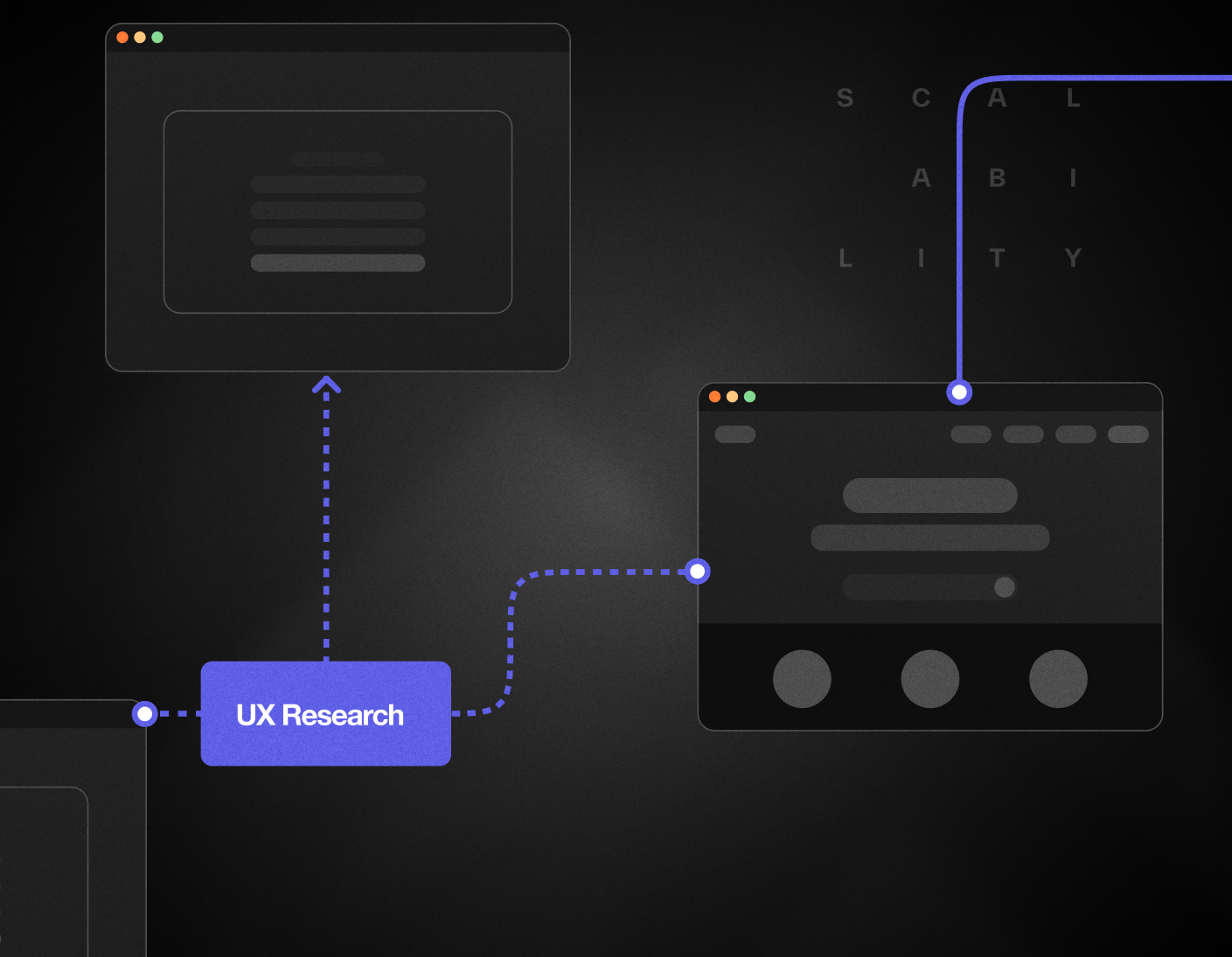

Designing a digital product without research is like launching a campaign without knowing your audience. You can guess, assume, or follow trends, but if you don’t actually understand your users, you’ll end up designing for yourself — not for them. That’s why UX research is a non-negotiable part of any serious product design process.
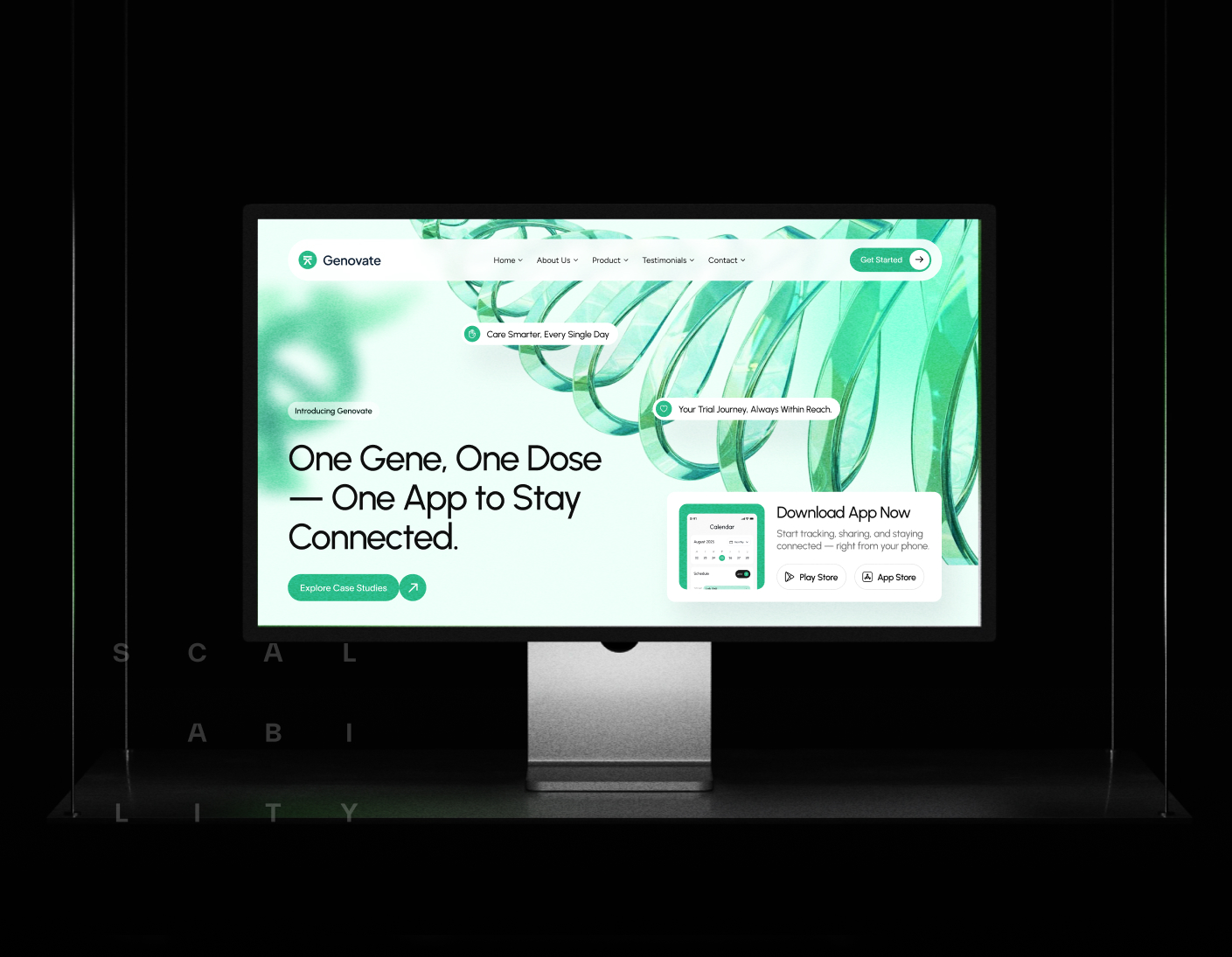

Off-the-shelf software can only take you so far. At some point, your product or platform needs to do more than follow a template. It needs to match the way your users think, work, and move through your service. That’s where custom web application design becomes essential.
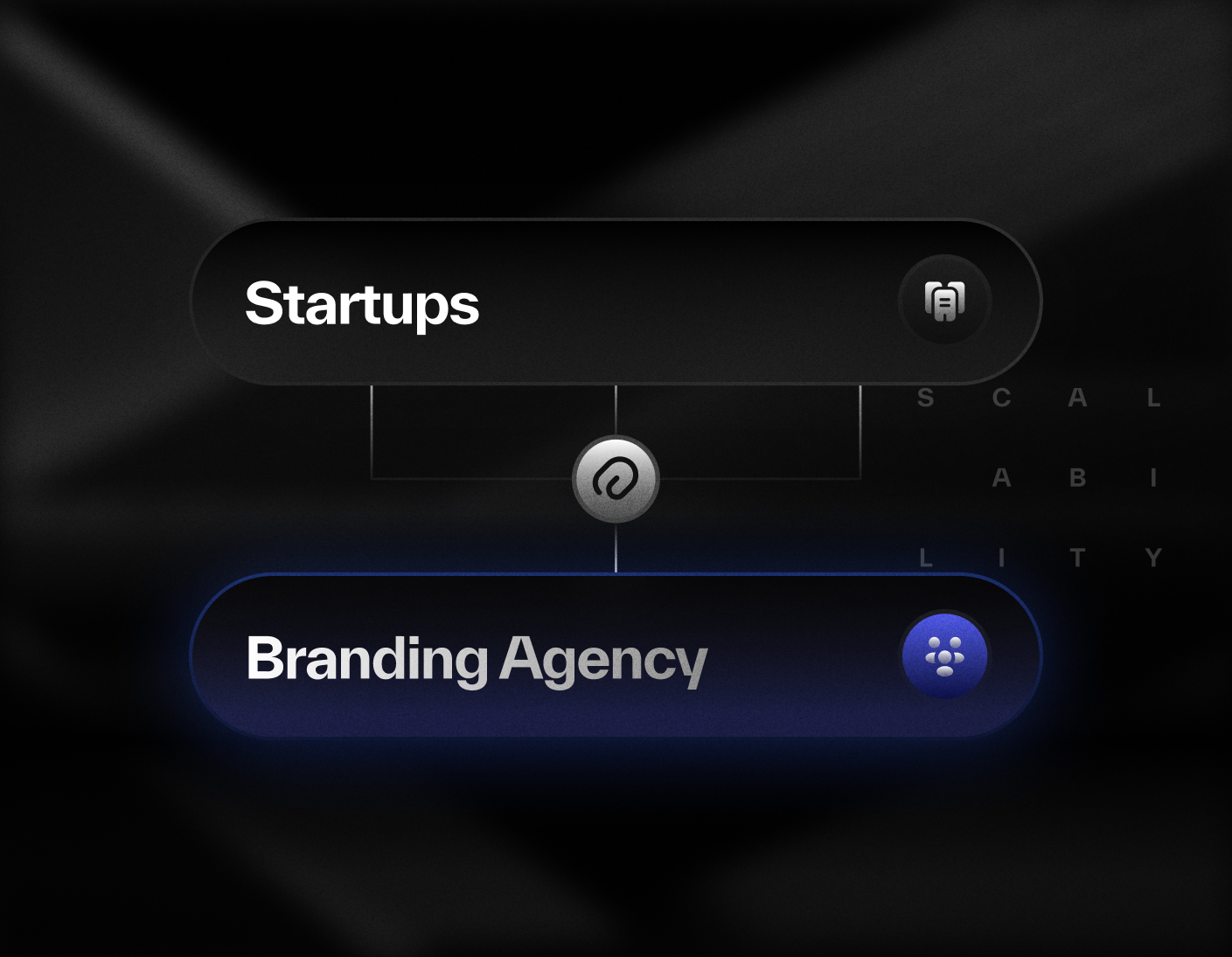

It’s easy to take responsive design for granted. Most users expect websites to work on any screen, whether they’re on a phone, tablet, laptop, or something in between. But behind that seamless experience is a set of choices that determine how accessible, usable, and effective your site really is.
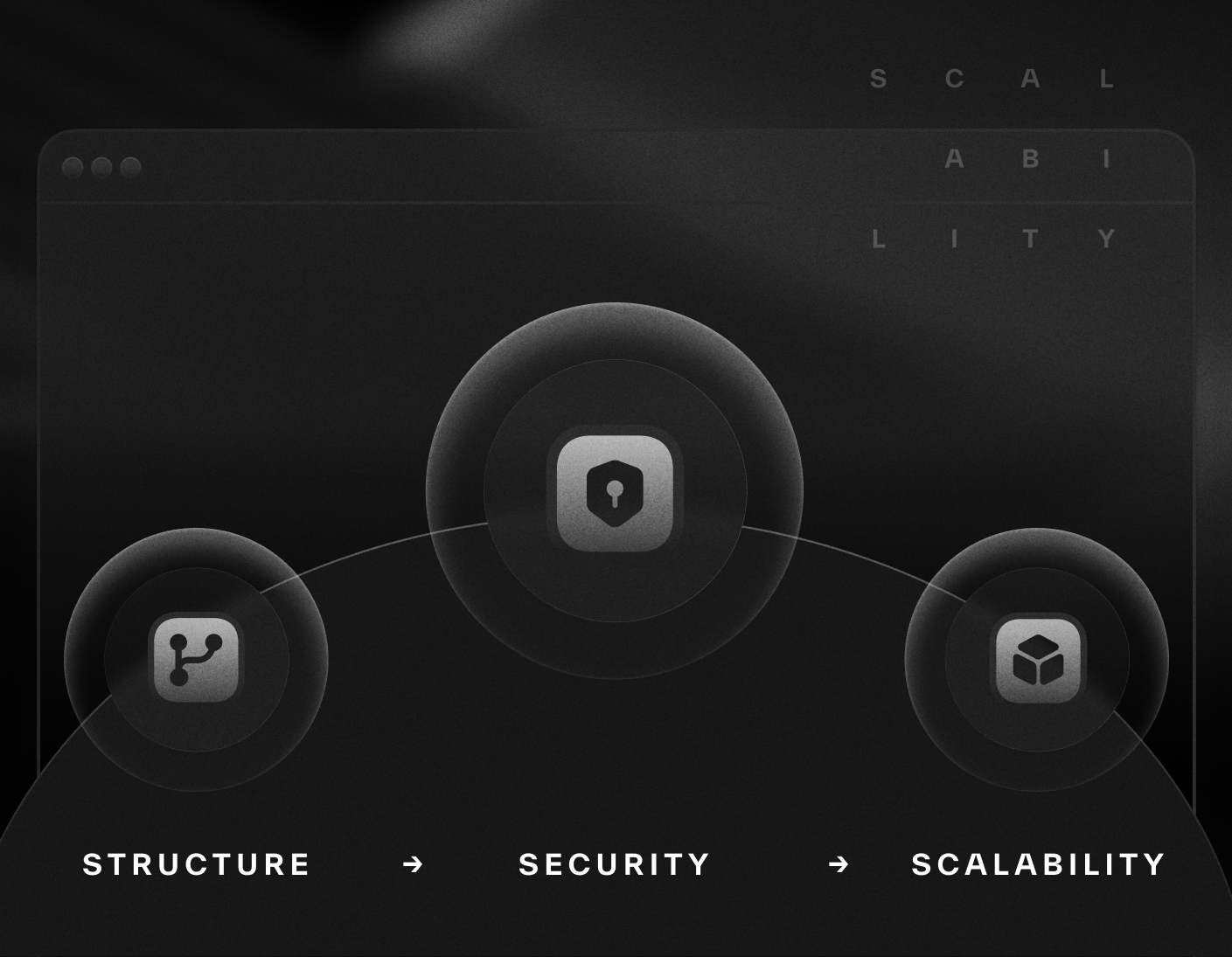

Building a website for an enterprise isn’t just a matter of size. It’s a matter of structure, security, and scalability. Enterprise website development deals with a different level of complexity, where the design, functionality, and integration need to serve multiple departments, user types, and long-term business goals.
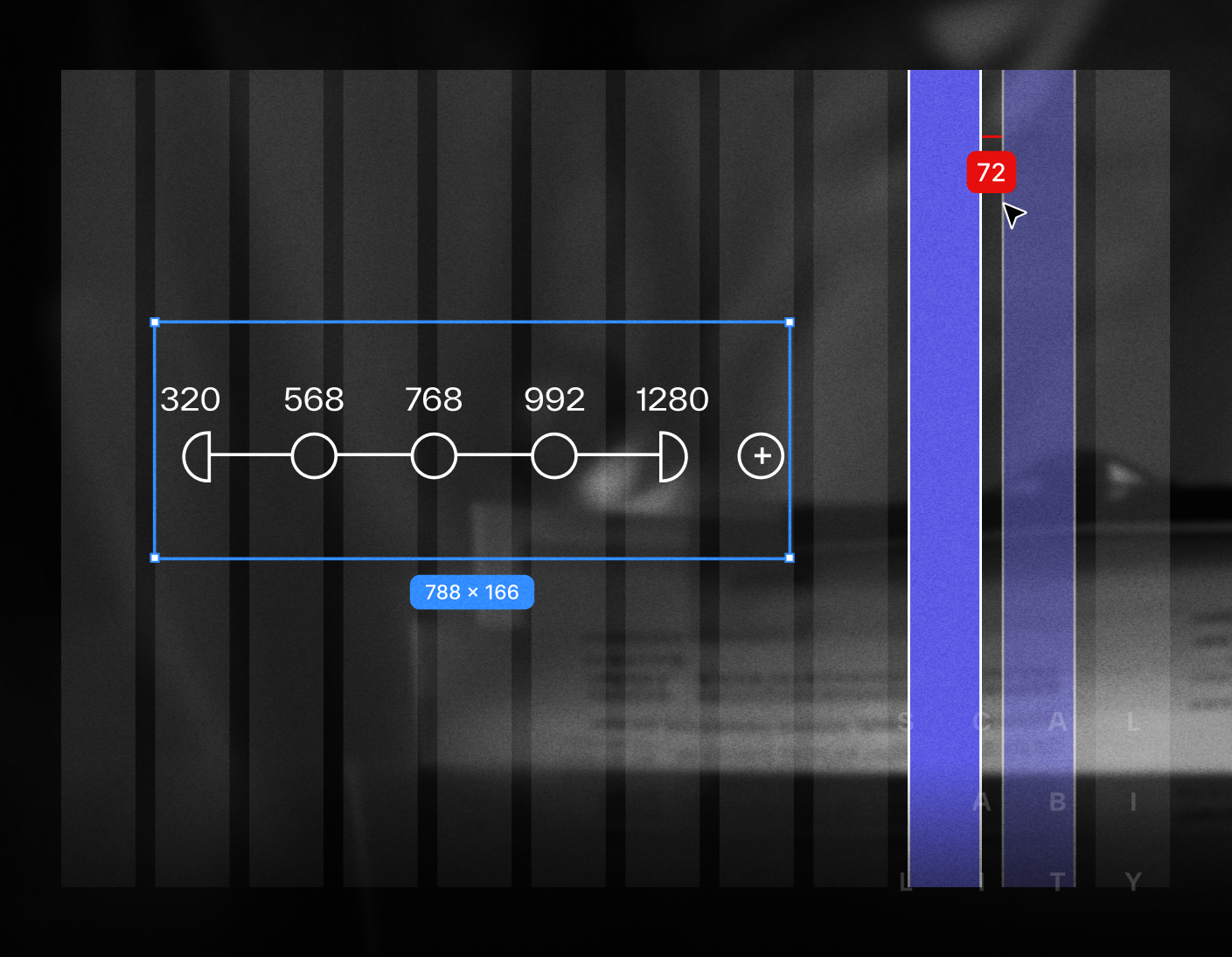

It’s easy to take responsive design for granted. Most users expect websites to work on any screen, whether they’re on a phone, tablet, laptop, or something in between. But behind that seamless experience is a set of choices that determine how accessible, usable, and effective your site really is.


A logo isn’t a brand. A website isn’t a strategy. Brand strategy consulting exists to bridge that gap, helping businesses clarify who they are, what they stand for, and how to translate that into consistent, compelling action.


Artificial intelligence is no longer just powering the back end of products, it’s changing the way we design them. From research to real-time personalization, AI in UI/UX design is helping teams work faster, test smarter, and create more intuitive experiences.


Digital product design isn’t just about making software look good. It’s about solving real problems through useful, intuitive, and scalable experiences. Whether you’re building an app, a SaaS platform, or an internal tool, the design decisions you make define how people use and value your product.


In 2025, designing for mobile isn’t optional, it’s the starting point. With over 70% of web traffic happening on phones, following mobile-first design principles is the most effective way to ensure your product is fast, accessible, and user-friendly across all devices.


A creative website doesn’t just look good, it makes people feel something. It communicates who you are before they read a word. It tells your story through layout, movement, interaction, and emotion. And it does all of that while staying clear, fast, and easy to use.


In today’s digital-first world, a strong product or service isn’t enough. If your brand doesn’t show up clearly, consistently, and strategically online, you risk being overlooked entirely. That’s where online branding comes in.


If you’re building or revamping a website, you’ve probably come across the term “website design packages.” But what does that actually include? And how do you know which package is right for your business?


You’ve got the traffic but are your visitors converting? In 2025, smart conversion rate optimization (CRO) techniques can make the difference between a pretty website and a profitable one. Whether you’re selling products, booking demos, or generating leads, CRO helps you turn clicks into action.


In 2025, designing for mobile isn’t optional, it’s the starting point. With over 70% of web traffic happening on phones, following mobile-first design principles is the most effective way to ensure your product is fast, accessible, and user-friendly across all devices.


A great idea isn’t enough to launch a successful digital product. You need a clear, user-centered, and scalable plan — that’s where digital product strategy comes in. In 2025, businesses that treat strategy as an afterthought often end up with feature bloat, user confusion, and missed opportunities.


A content management system (CMS) is the engine behind your website’s content but not all CMS platforms are created equal. In 2025, many growing businesses are moving away from rigid templates and turning to custom CMS development for better control, scalability, and performance.


Web development is evolving fast and artificial intelligence is leading the charge. In 2025, AI-powered web development is transforming how websites are planned, built, optimized, and maintained. The result? Faster builds, smarter user experiences, and fewer bottlenecks for teams.


Today’s users don’t just want access to data - they want to understand it fast. That’s where data visualization in UX comes in. Whether you’re building a SaaS dashboard, an analytics tool, or an internal reporting app, great UX relies on how well you visualize data.


A business website is more than an online brochure - it’s your brand’s most important sales and credibility tool. In 2025, business website design must do more than look polished. It needs to perform, convert, and adapt to how customers behave online.


A logo alone doesn’t build a brand. If you want your business to show up consistently and professionally across all platforms, you need a full branding package. In 2025, cohesive branding isn’t just a luxury, it’s essential for trust, recognition, and growth.


In the world of software-as-a-service, product design isn’t just about looking good — it’s about building something people rely on daily. SaaS product design in 2025 is all about usability, scalability, and delivering value fast. If your UX isn’t intuitive, your users won’t stick around.


Consistency is no longer a luxury — it's a requirement. In 2025, digital products move fast, span multiple platforms, and involve cross-functional teams. That’s why more companies are prioritizing design system implementation — not just as a design tool, but as a business asset.


Customers expect more — faster answers, smoother journeys, and personalized service at every touchpoint. That’s where AI in customer experience comes in. In 2025, artificial intelligence isn’t just enhancing CX — it’s becoming the backbone of how companies deliver value at scale.


At Scalability Inc., accessibility is baked into every step of our design and development process. From inclusive UX to WCAG-compliant code, we help clients future-proof their digital platforms — and serve every user with dignity and ease.


At Scalability Inc., we hire and work with talented UI/UX designers who don’t just design — they solve real problems. Whether you're building a new platform or scaling an existing one, we create intuitive, user-first interfaces that deliver results.


Your brand isn’t just your logo — it’s every interaction someone has with your business online. That’s the heart of digital branding. In 2025, strong digital branding isn’t a nice-to-have — it’s how you earn trust, drive loyalty, and stay relevant in a crowded market.


In 2025, the success of any digital product — whether it’s a website, SaaS platform, or mobile app — comes down to one thing: end user experience. It’s not about how your platform works for your team or tech stack. It’s about how it feels, flows, and functions for the person using it.


When it comes to web design, less really is more. In 2025, simple website design isn’t just a trend — it’s the standard for fast, user-friendly, and conversion-driven experiences. Whether you’re launching a startup, growing an enterprise brand, or refreshing your portfolio site, simplicity wins.


Digital transformation isn’t just a tech upgrade for financial services - it’s a complete rethinking of how institutions deliver value in a data-driven world. From AI-driven risk analysis to mobile-first customer experiences, financial firms in 2025 must embrace innovation or risk falling behind.


In healthcare, trust is everything - and your website is often the first place patients or partners form an impression. A great healthcare website isn’t just clean and professional; it needs to be fast, secure, accessible, and built to serve both patients and providers. In 2025, that bar is higher than ever.


In a world where over 60% of web traffic comes from mobile devices, your website’s mobile experience isn’t just important - it’s critical. A clunky mobile layout can lead to high bounce rates, low engagement, and lost revenue. Whether you're designing a site from scratch or optimizing an existing one, here are six essential principles of effective mobile website design in 2025:
.jpg)
.jpg)
A compelling Go-to-Market (GTM) strategy slide can make or break your pitch deck. Investors want more than great tech—they want proof you can reach your audience, generate revenue, and scale. Your GTM plan should communicate focus, clarity, and momentum. Here’s how to get it right.


Incorporating AI into your development process doesn’t mean rebuilding everything—it means working smarter. AI can help with decision-making, automation, and optimization across the entire product lifecycle. It frees up your developers to focus on logic, creativity, and business-specific challenges.


In today’s fast-paced digital landscape, the right mobile application development tools can be the difference between a successful launch and months of costly delays. Whether you're building an MVP or scaling an enterprise-grade platform, using the best tools can drastically improve development speed, reduce bugs, and enhance user experience. Here’s a look at the top mobile app development tools to watch in 2025:


Your startup’s brand is more than just a logo or color scheme—it's the foundation of your market reputation and customer perception. Investing early in professional branding ensures your company stands out, inspires trust, and attracts essential support from customers, investors, and partners. By partnering with a specialized branding agency, your startup gains strategic advantages that directly fuel growth, competitiveness, and long-term success.


Use these outstanding UI/UX examples to inspire and guide your project. Prioritize clear navigation, personalized experiences, emotional connections, and align your interface with your brand’s identity. Exceptional UX isn't accidental—it results from intentional, strategic design choices centered around your users.
.jpg)
.jpg)
In today's digital-first world, user experience significantly influences success or failure. By hiring a UX consultant, your business ensures products and services are designed strategically with user satisfaction at their core, directly driving growth, engagement, and customer loyalty.


When implemented thoughtfully, digital transformation in BPM can revolutionize your organization's operations, customer experience, and competitive positioning. With careful planning, strategic selection of technologies, and continuous improvement, your business can achieve lasting efficiency, growth, and adaptability in an ever-evolving marketplace.


Enterprise websites are significantly more complex than typical small business or personal websites. These platforms serve large organizations, often managing extensive content libraries, handling substantial user traffic, and integrating multiple sophisticated software solutions. Due to their size and complexity, enterprise website development requires specialized knowledge, careful planning, and precise execution. Here's what you need to know about developing effective, robust enterprise websites.


Designing websites for healthcare providers demands specialized knowledge because these platforms must simultaneously engage users, convey trust, ensure privacy, and provide seamless access to critical healthcare information. Whether you run a private practice, clinic, or hospital, your website often forms the very first impression patients have of your healthcare facility. Therefore, healthcare website design cannot be approached in the same way as other industries. Let's explore what distinguishes effective healthcare websites and the best practices for creating them.


Got a groundbreaking product idea? Before you dive headfirst into development, consider starting with a Minimum Viable Product (MVP). At Scalability, we offer MVP development services that help businesses test their ideas quickly, gather feedback, and make data-driven decisions.


AI is no longer a futuristic concept — it’s a necessity for businesses looking to stay competitive. Whether you’re automating processes, enhancing customer experiences, or uncovering valuable insights, Scalability has the expertise to bring your vision to life.


Your website isn’t just a digital business card — it’s your brand’s first impression. And if it’s not responsive, you’re losing customers. At Scalability, we specialize in responsive website development that ensures your site looks stunning and functions flawlessly on all devices.


SEO poisoning isn’t just unethical — it’s downright dangerous. At Scalability, we help businesses protect their online presence with effective, white-hat SEO strategies. Knowing the goals of SEO poisoning can help you stay secure and keep your website and visitors safe.


Building a standout product brand is about creating a connection — and at Scalability, we help businesses design brands that resonate. Whether you're launching a new product or refreshing an existing one, our branding expertise ensures your brand leaves a lasting impression.
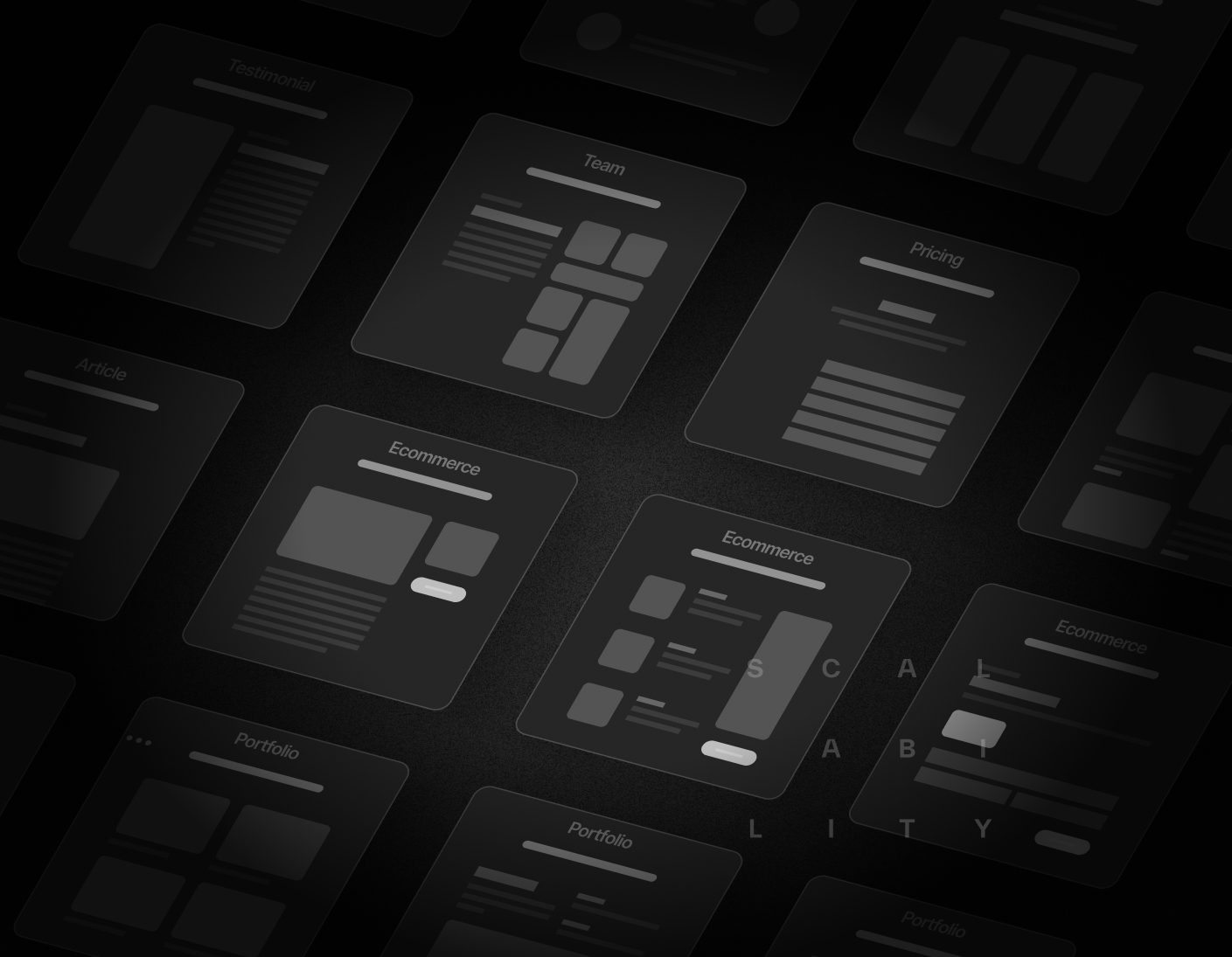

Corporate branding shapes how a company is perceived, influencing customer loyalty and business success. By investing in a strong brand strategy, businesses can build trust, stand out, and drive long-term growth.


Digital transformation isn’t just a buzzword—it’s a necessity. At Scalability, we help businesses modernize operations, optimize processes, and implement cutting-edge technology to stay ahead. Whether you need cloud solutions, AI-driven automation, or an overhaul of your IT infrastructure, our digital transformation consultancy ensures you scale efficiently and competitively.


A great real estate website isn’t just about looks—it’s about performance. At Scalability, we specialize in real estate website design that drives leads, enhances user experience, and scales effortlessly. Whether you're a realtor, brokerage, or property management company, we build websites that make searching, listing, and buying properties seamless.


Great software starts with great architecture. At Scalability, we specialize in building robust, scalable software solutions that stand the test of time. Whether you're developing an enterprise system, a cloud-native app, or a microservices-based platform, applying solid software architecture principles is crucial for performance, maintainability, and future growth.


Want to build an iOS app? Whether you're launching a startup or scaling an existing business, Scalability has you covered. We specialize in full-cycle iOS mobile app development, from design and development to deployment and ongoing support. Our team ensures seamless performance, intuitive UI, and high-quality coding—so your app not only works but thrives.


Corporate branding shapes how a company is perceived, influencing customer loyalty and business success. By investing in a strong brand strategy, businesses can build trust, stand out, and drive long-term growth.


The best backend development language depends on your project needs. JavaScript (Node.js), Python, Java, PHP, Ruby, and C# are among the top choices for building scalable and efficient applications.


A successful pitch strategy is clear, compelling, and audience-focused. By following these best practices, you can craft a pitch that resonates and drives results.


Modern website design focuses on aesthetics, functionality, and user experience to create a seamless digital presence. It incorporates the latest design trends and technologies to ensure websites are visually appealing, fast, and user-friendly.
%20on%20Your%20Website.jpg)
%20on%20Your%20Website.jpg)
Improving user experience (UX) is essential for increasing engagement, reducing bounce rates, and boosting conversions. Here are key strategies to enhance UX effectively


A software architecture diagram visually represents the structure, components, and interactions within a software system. It helps developers, architects, and stakeholders understand system design, scalability, and dependencies.